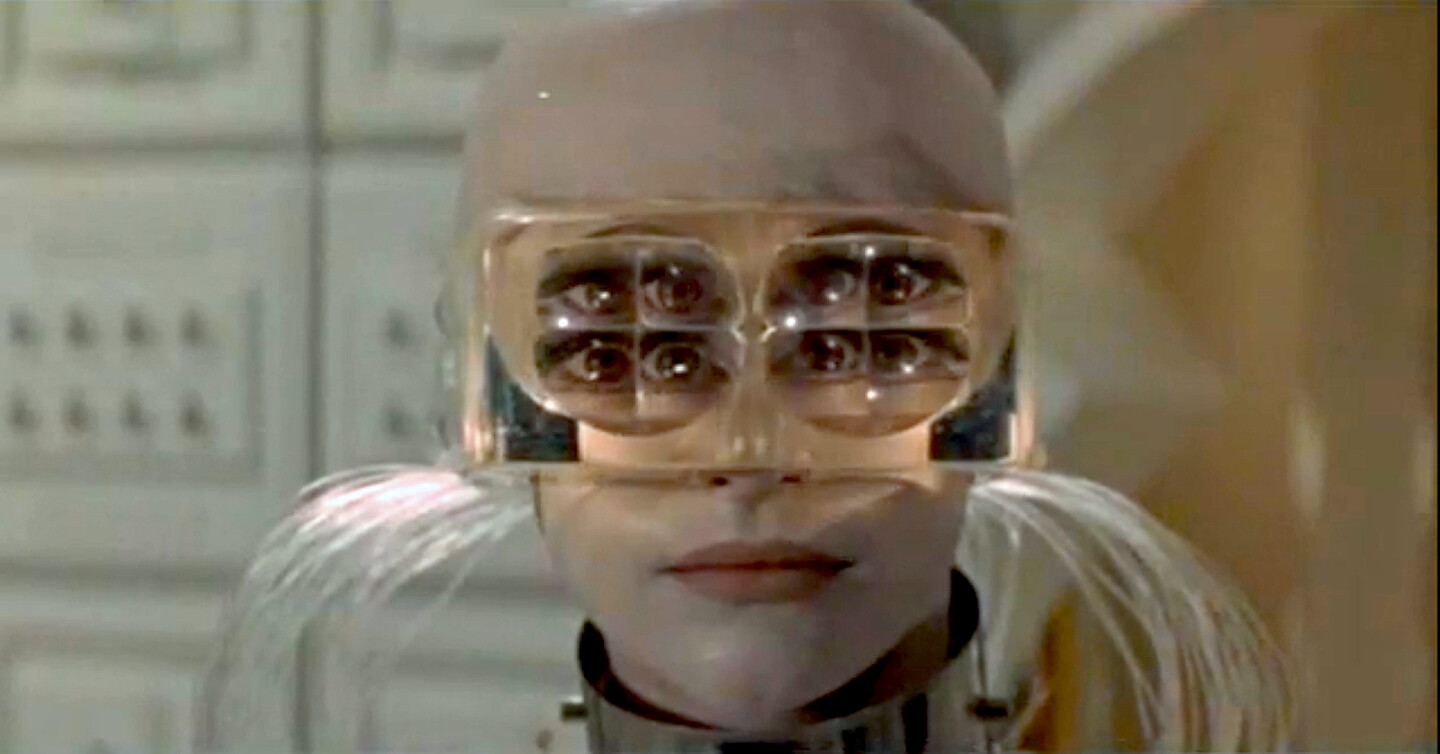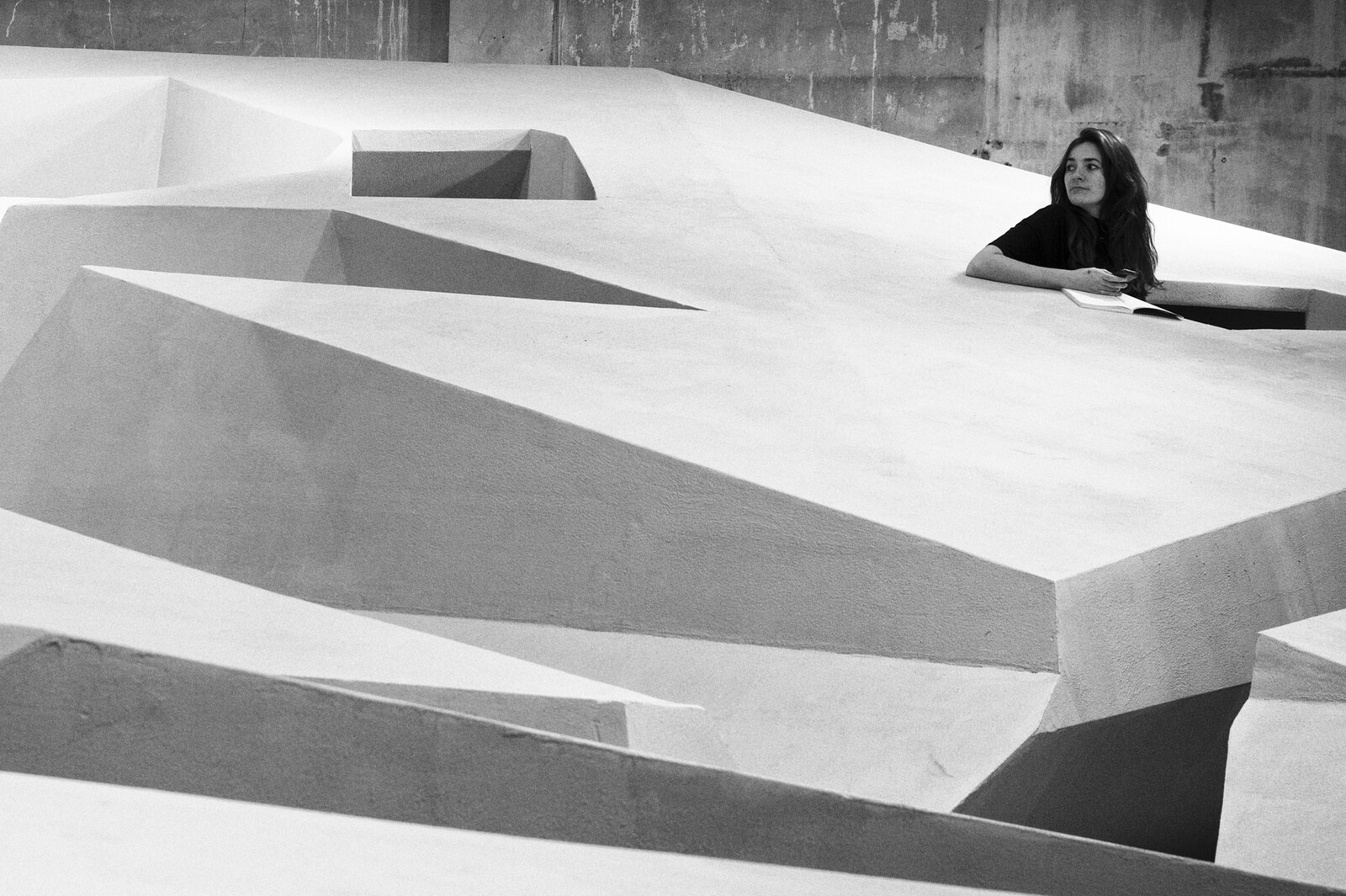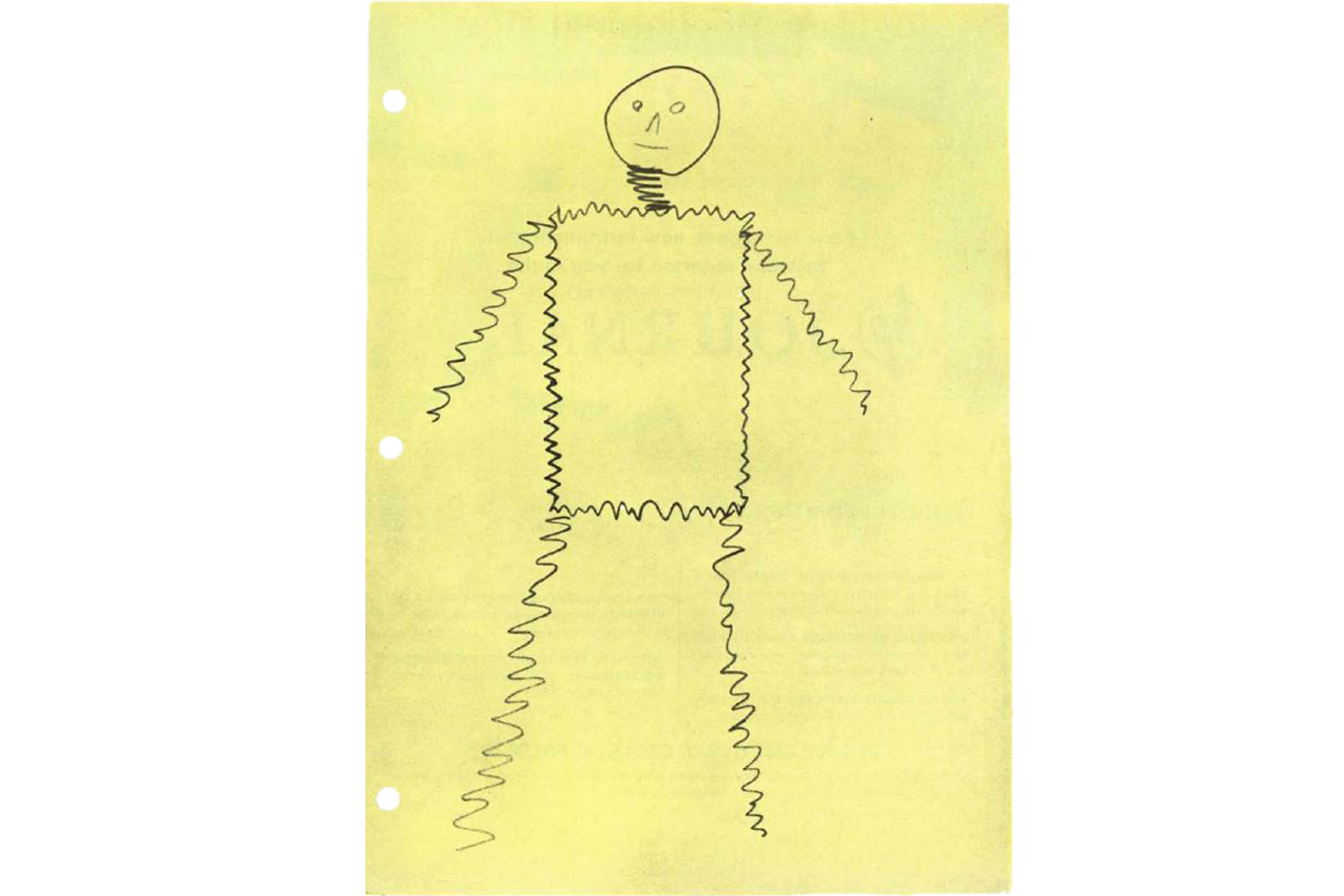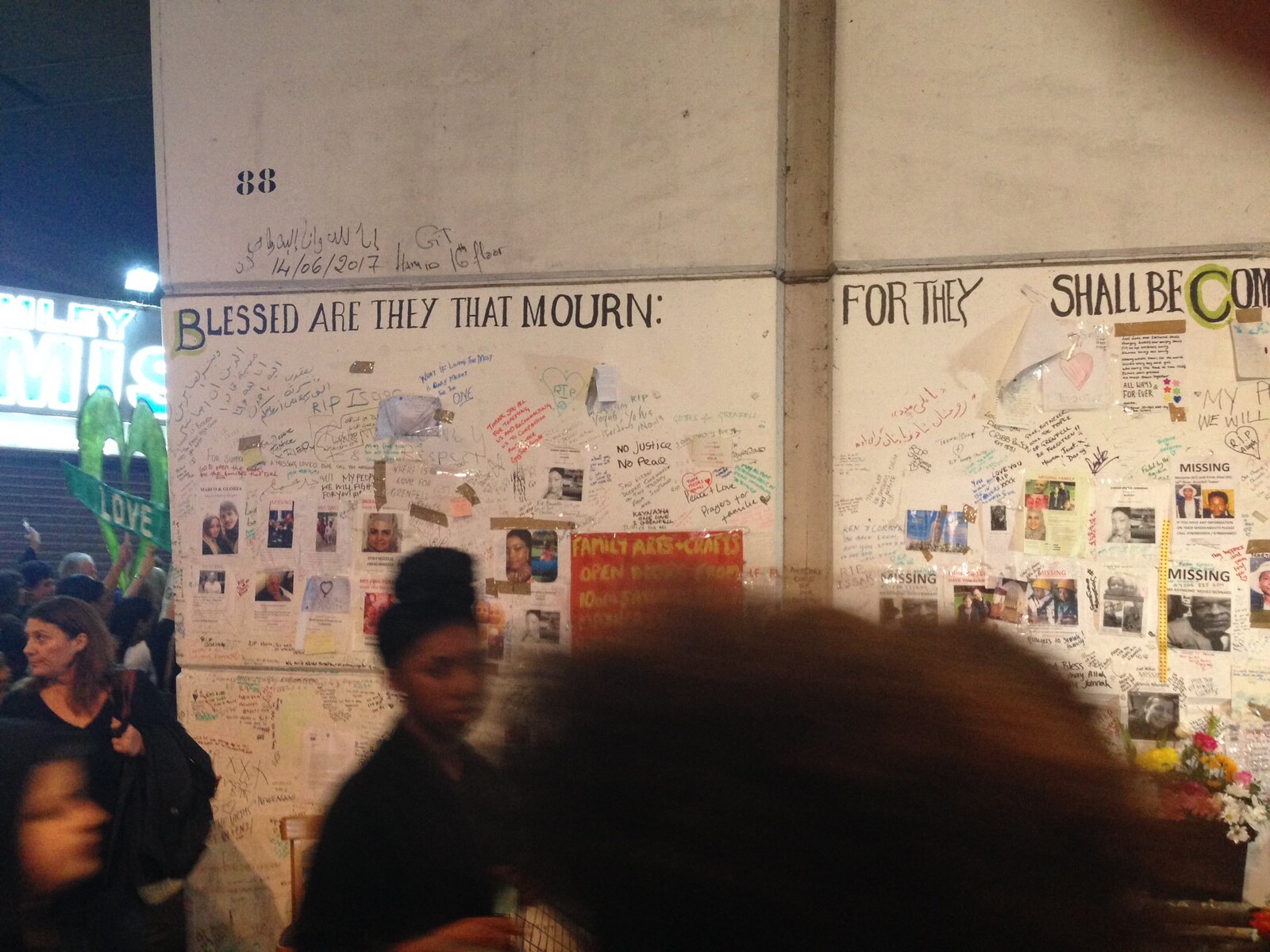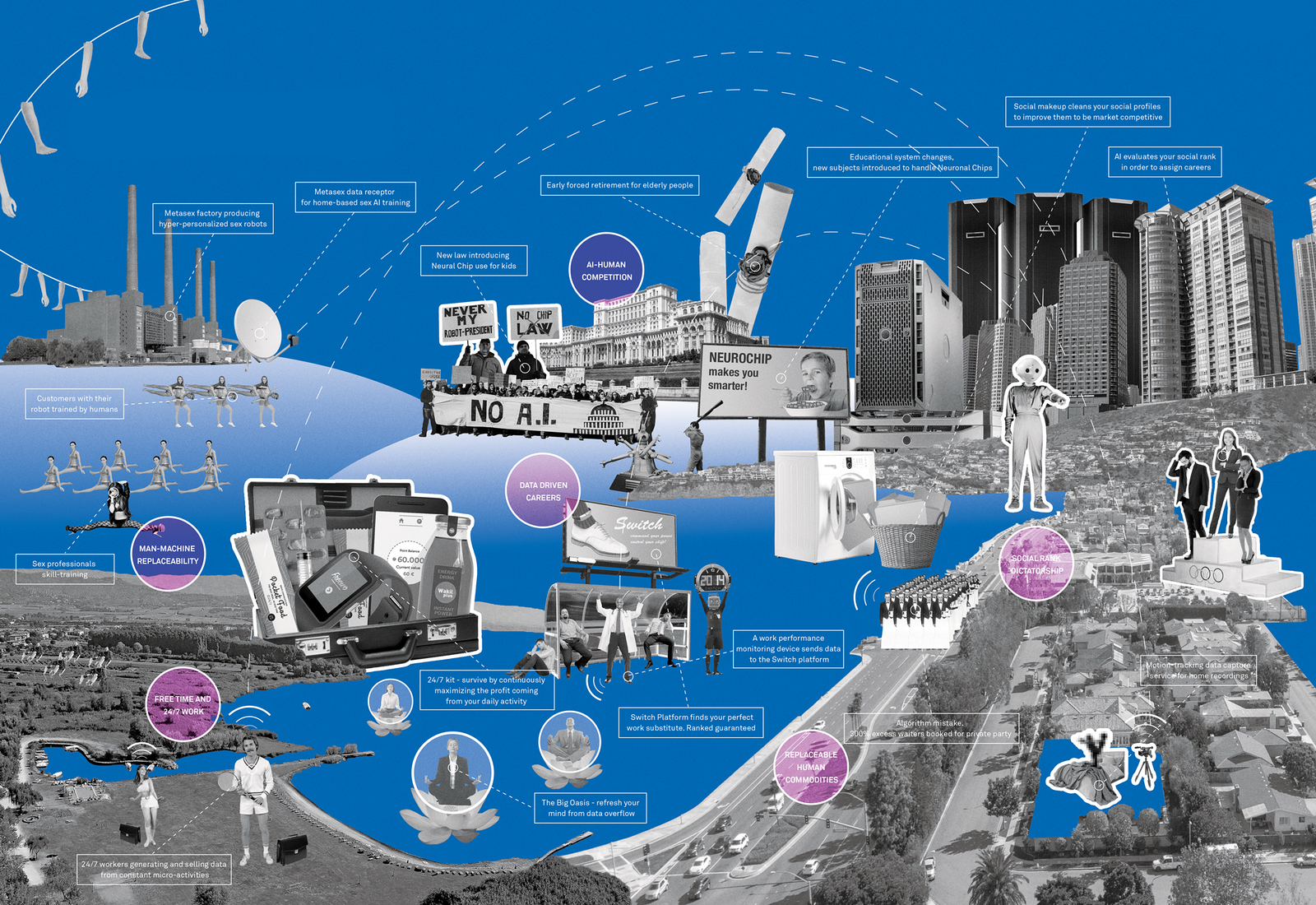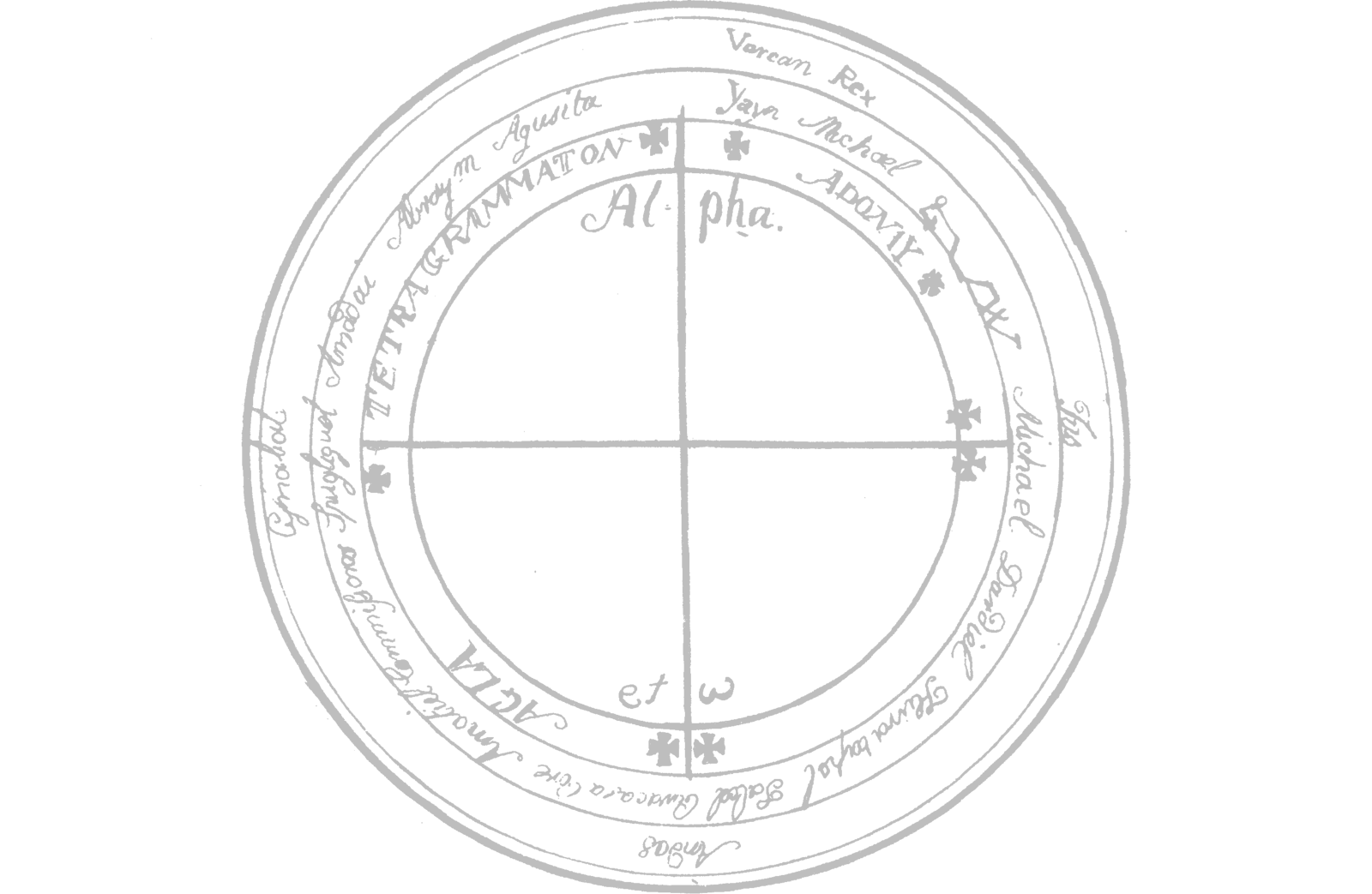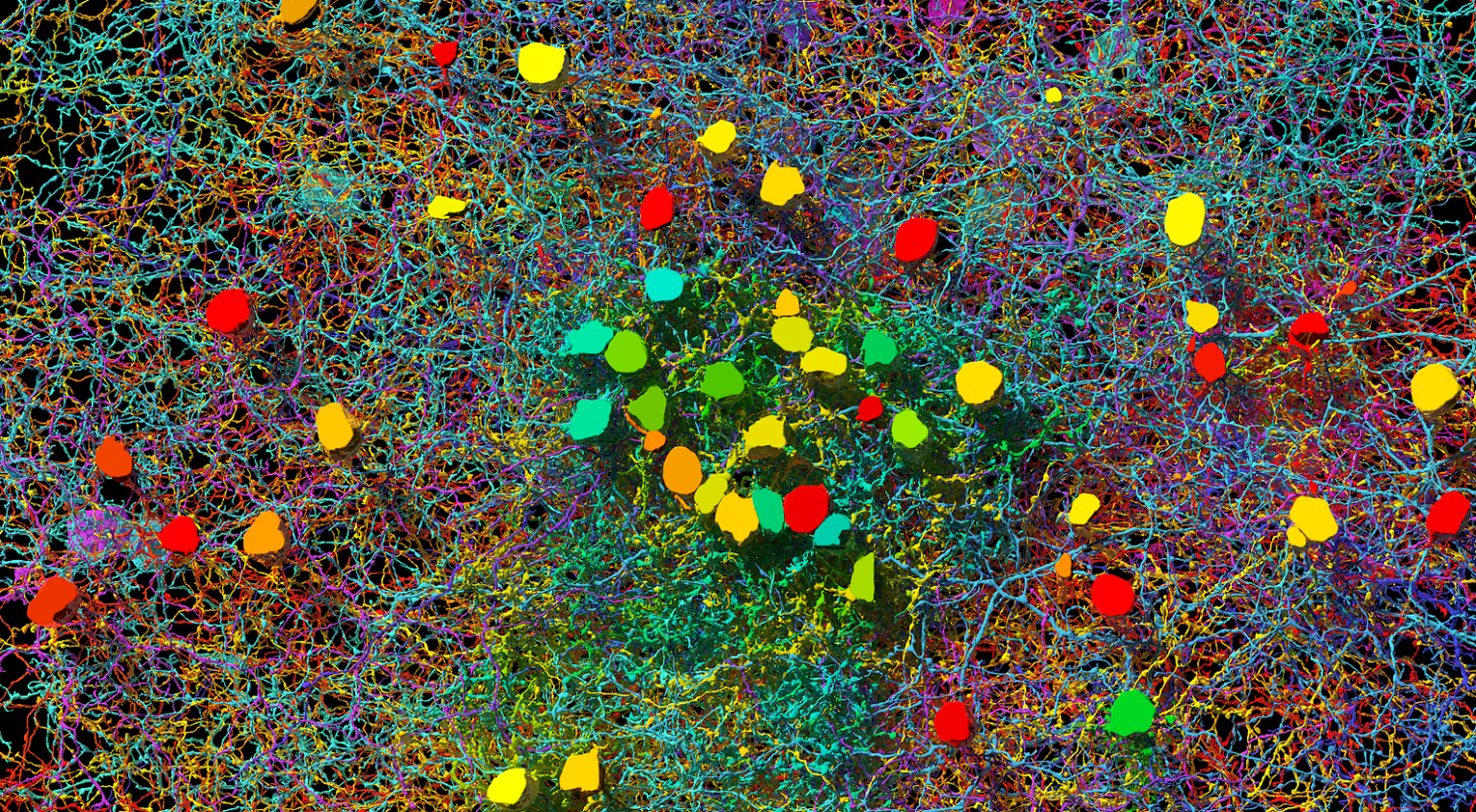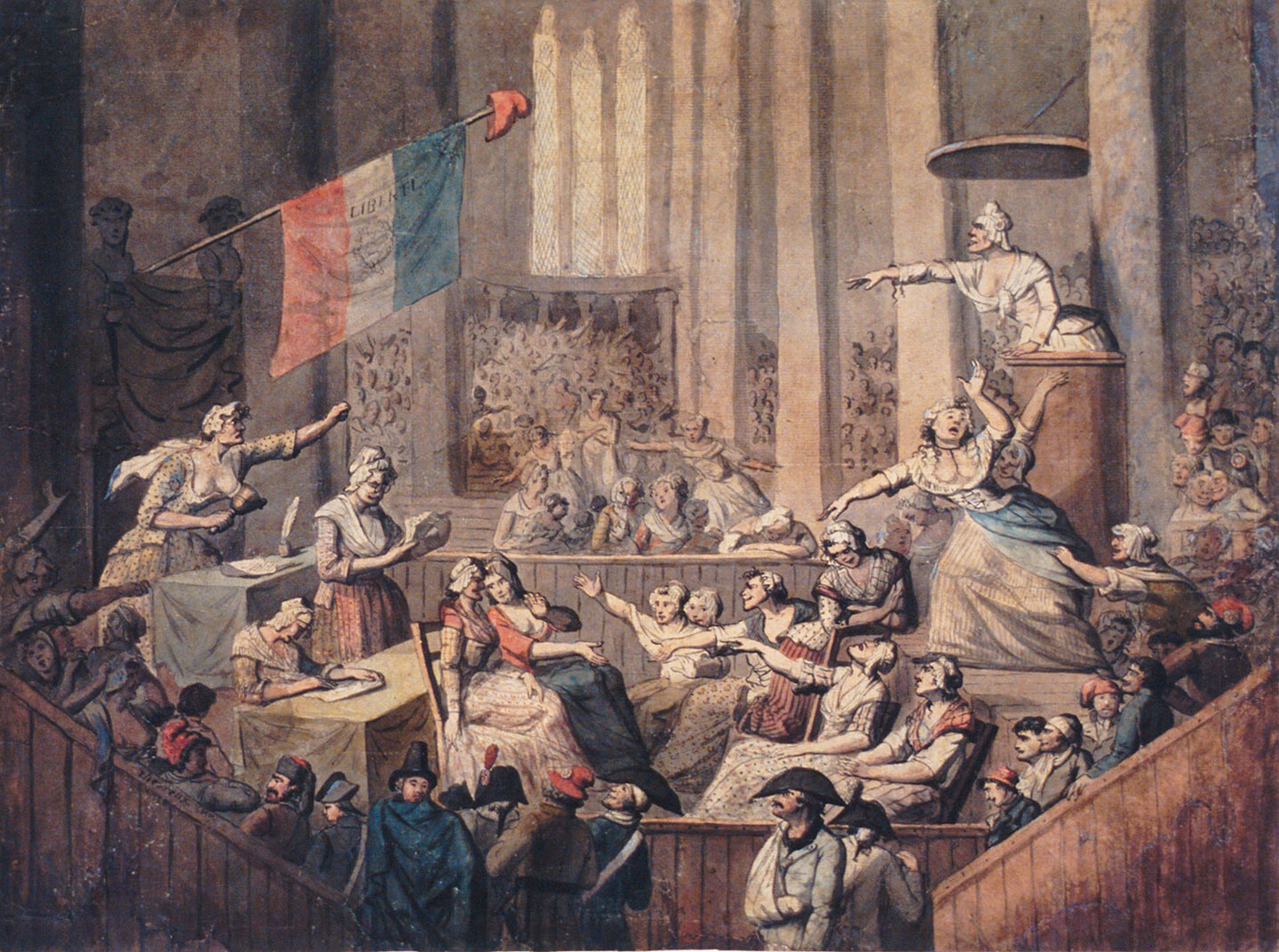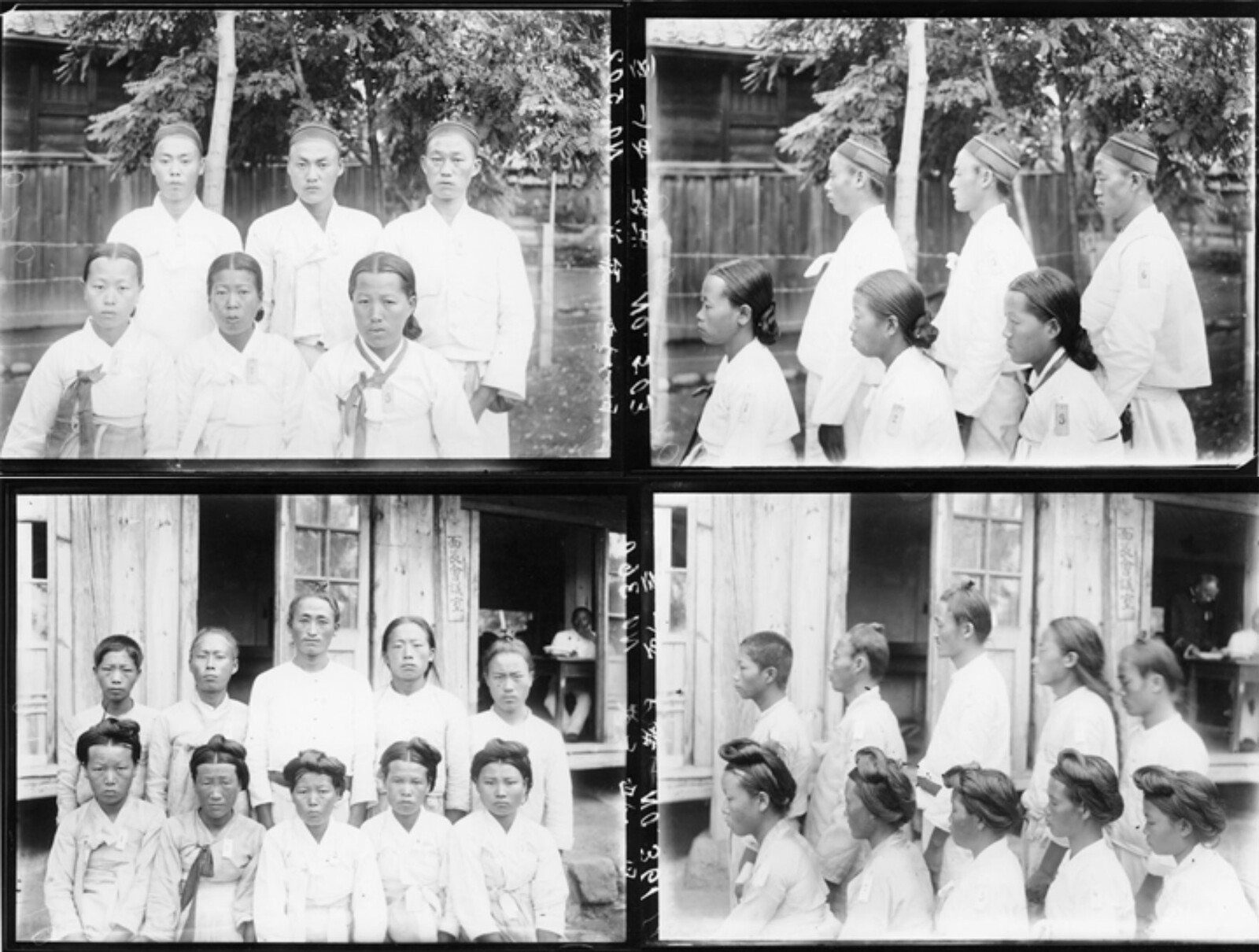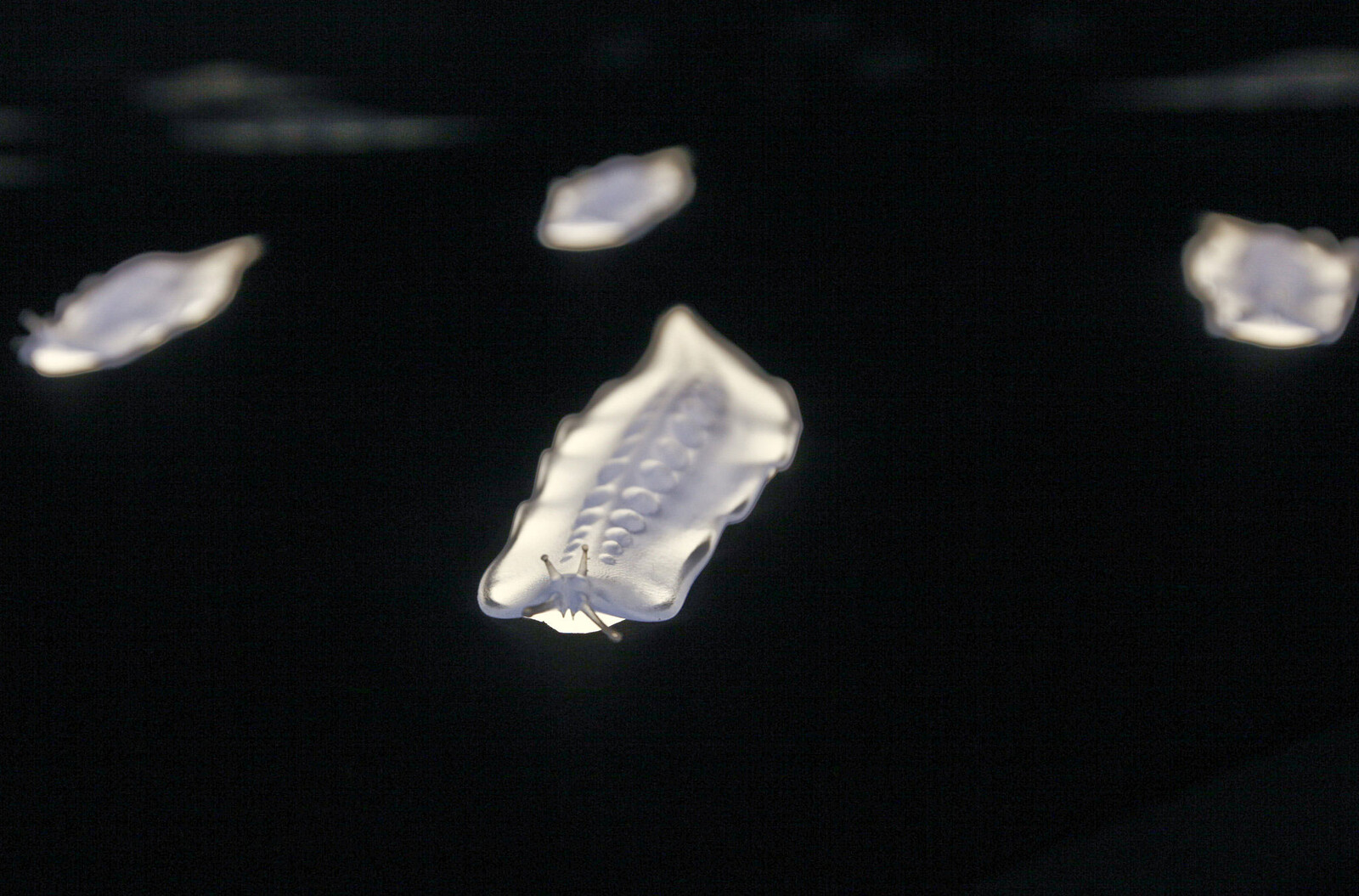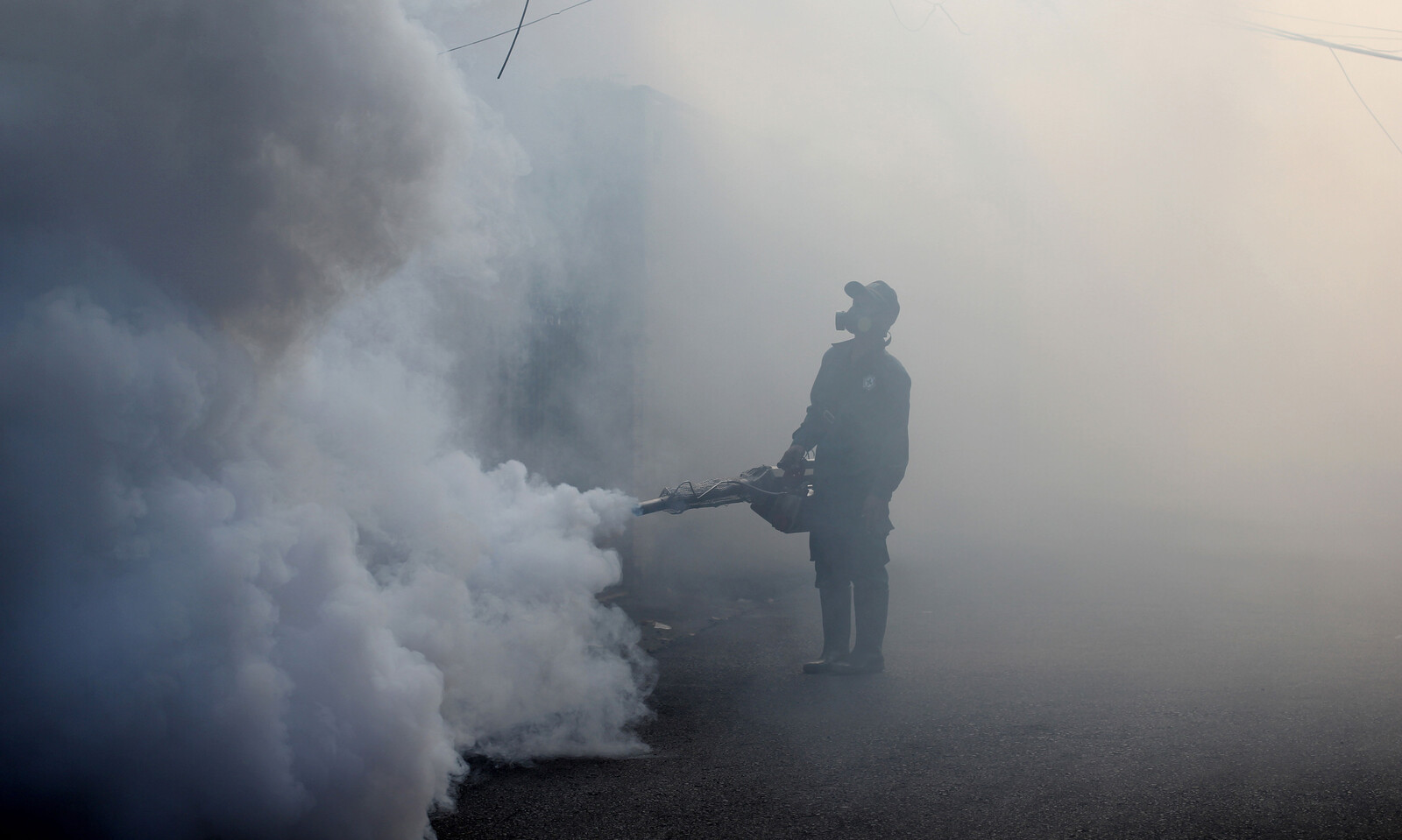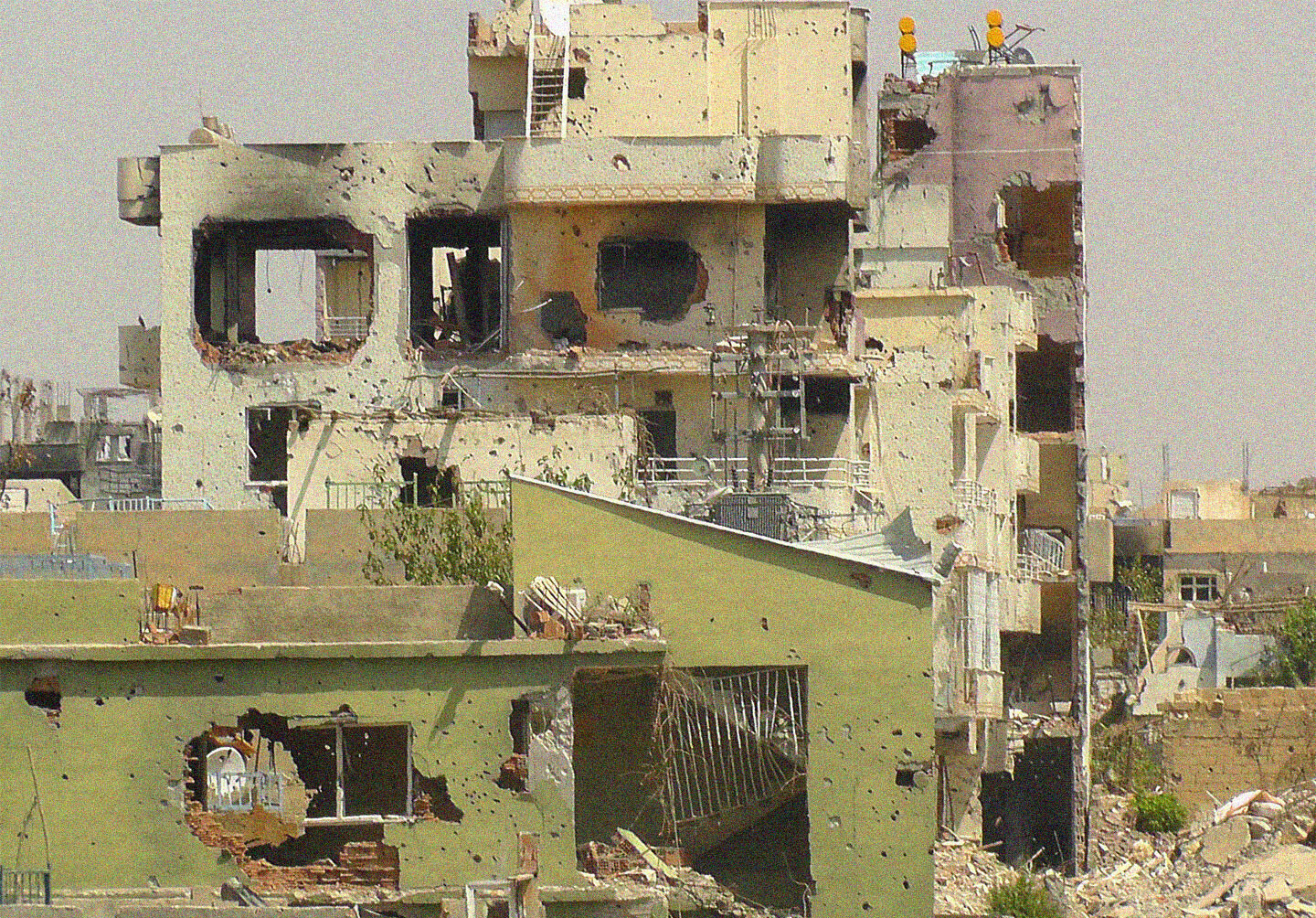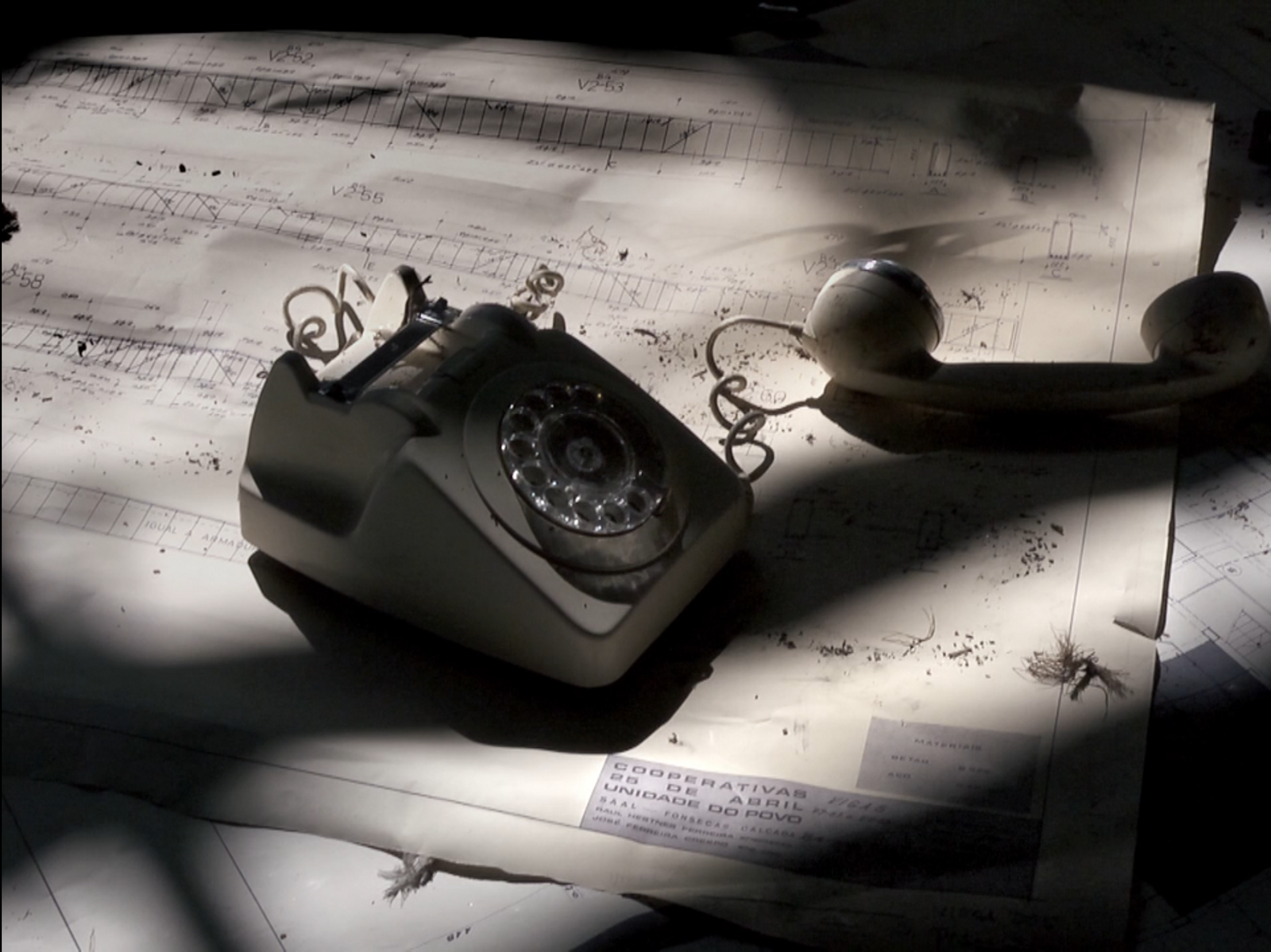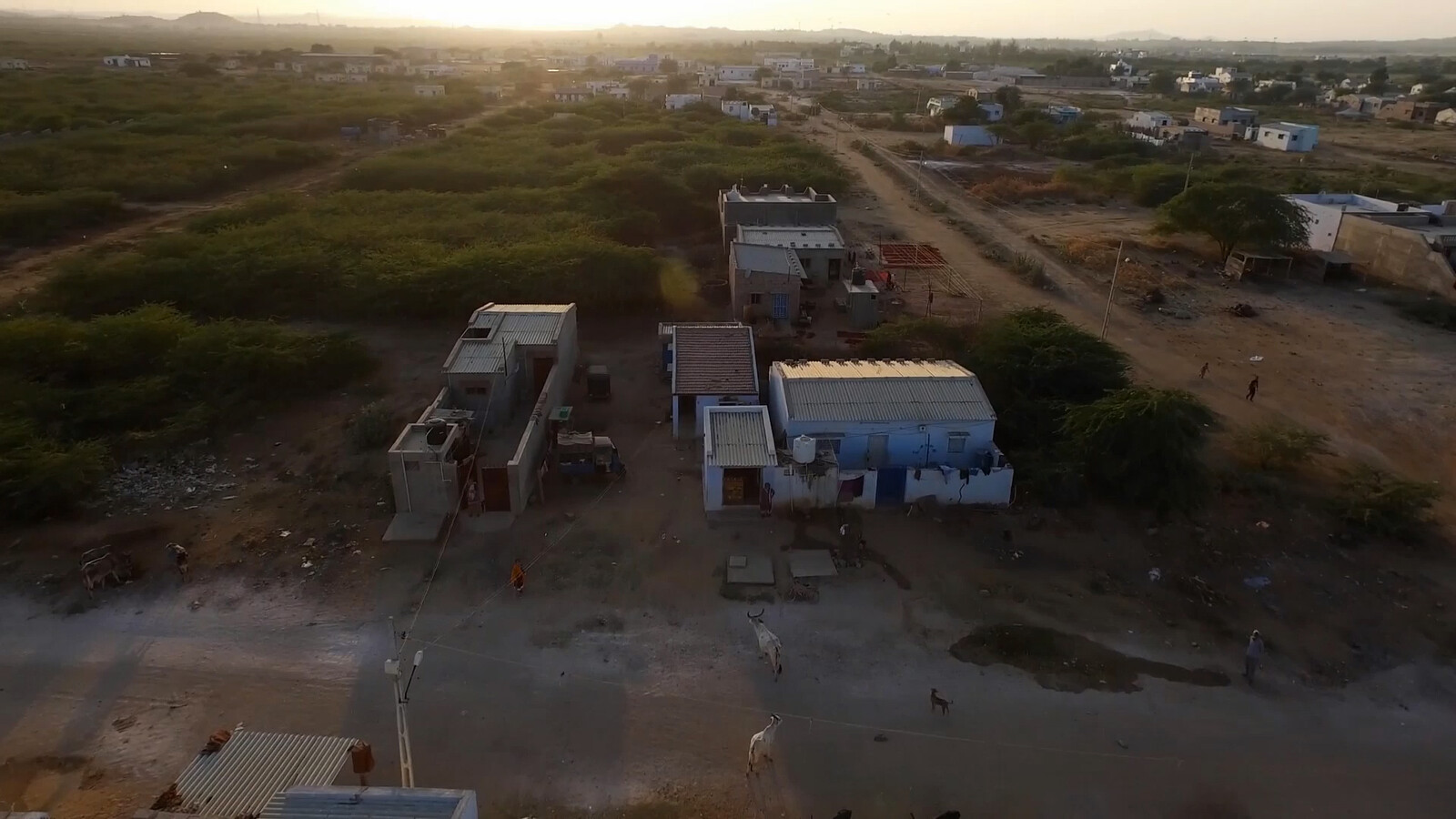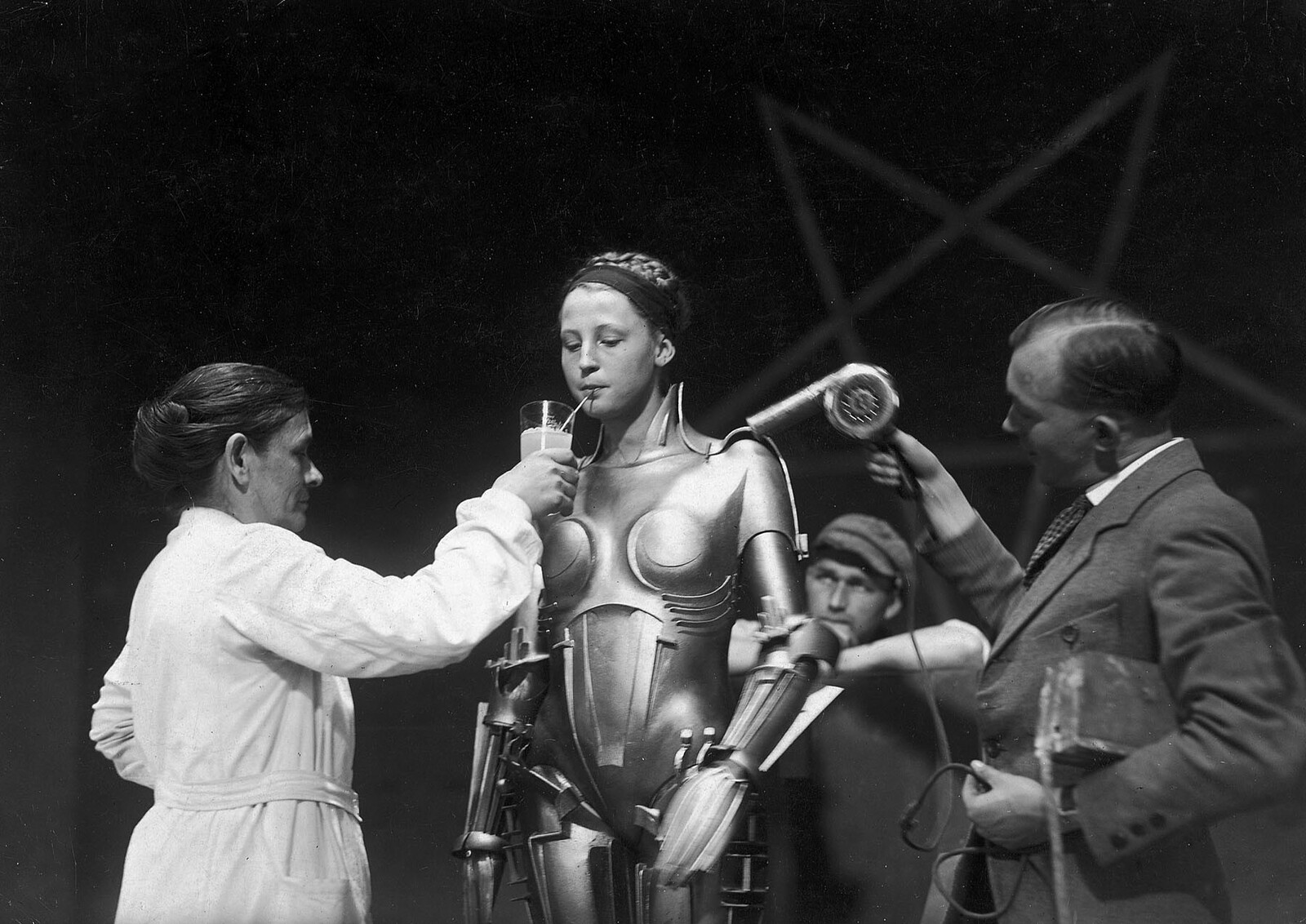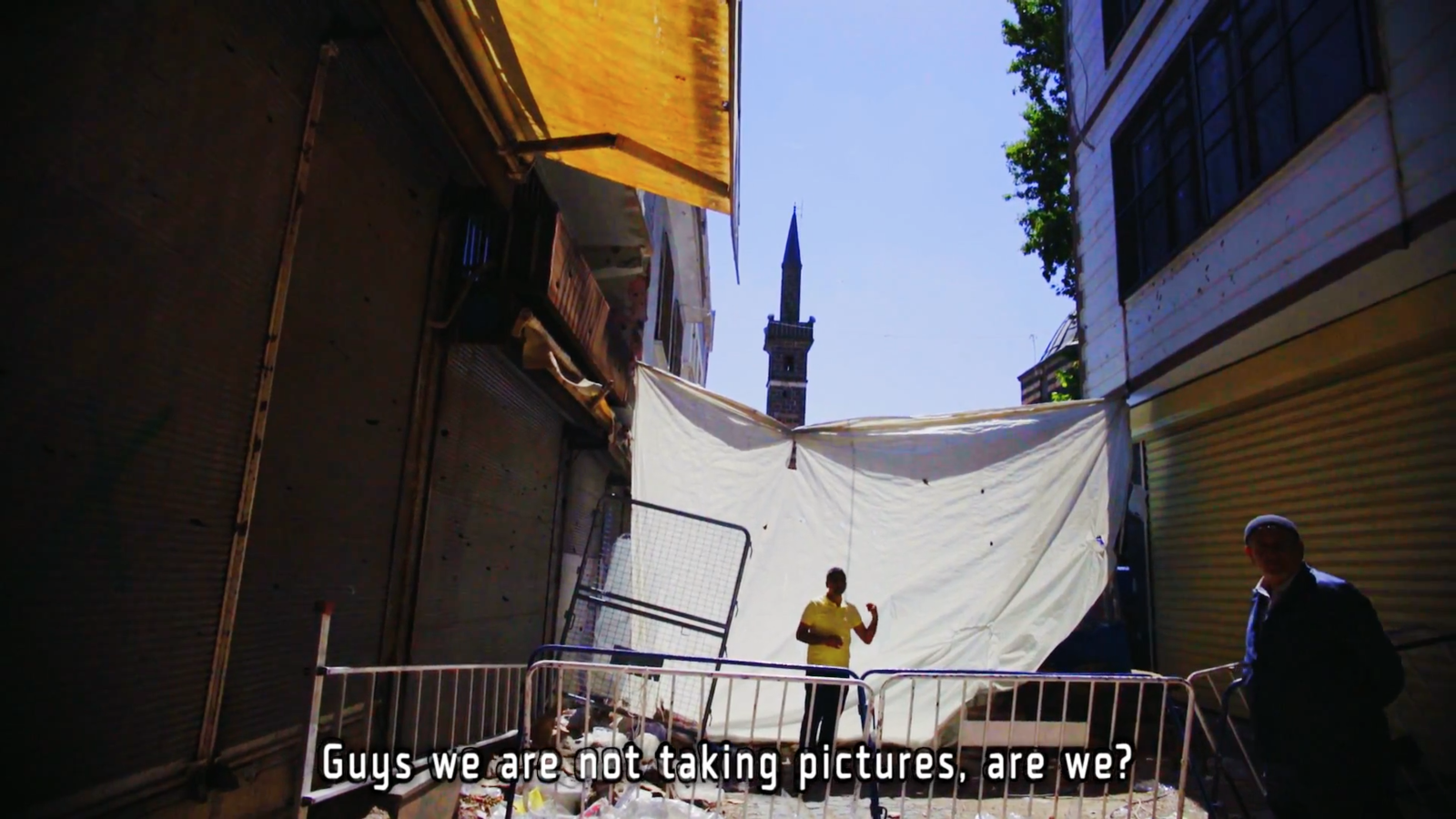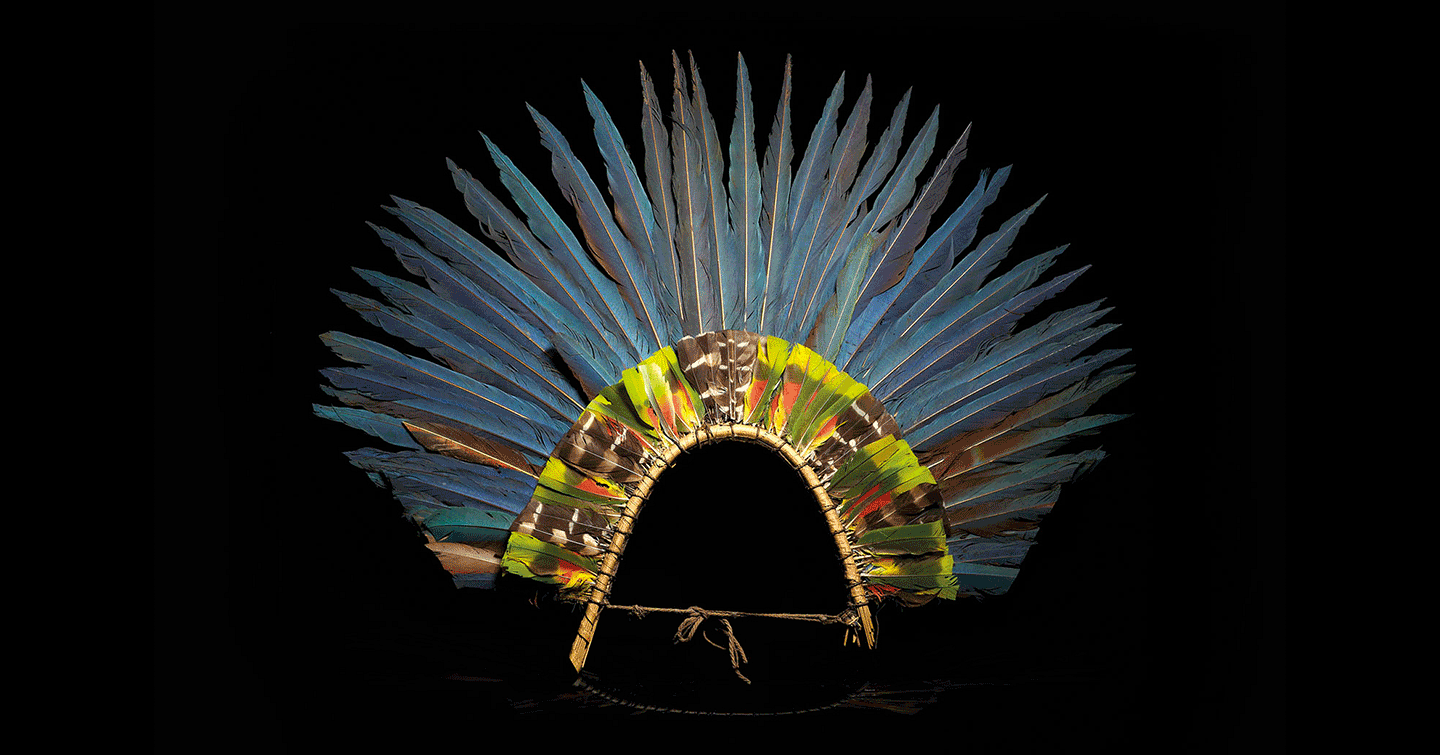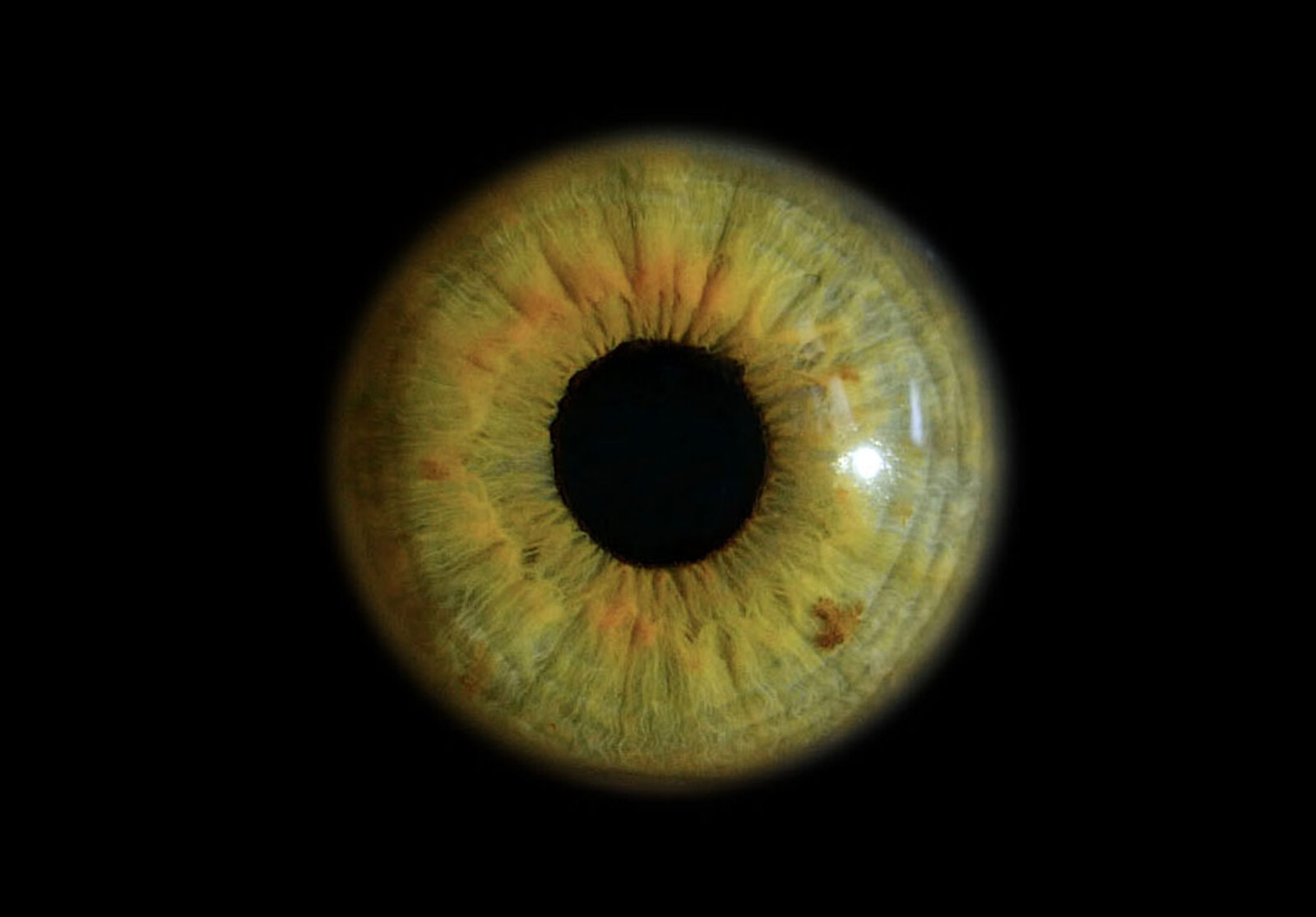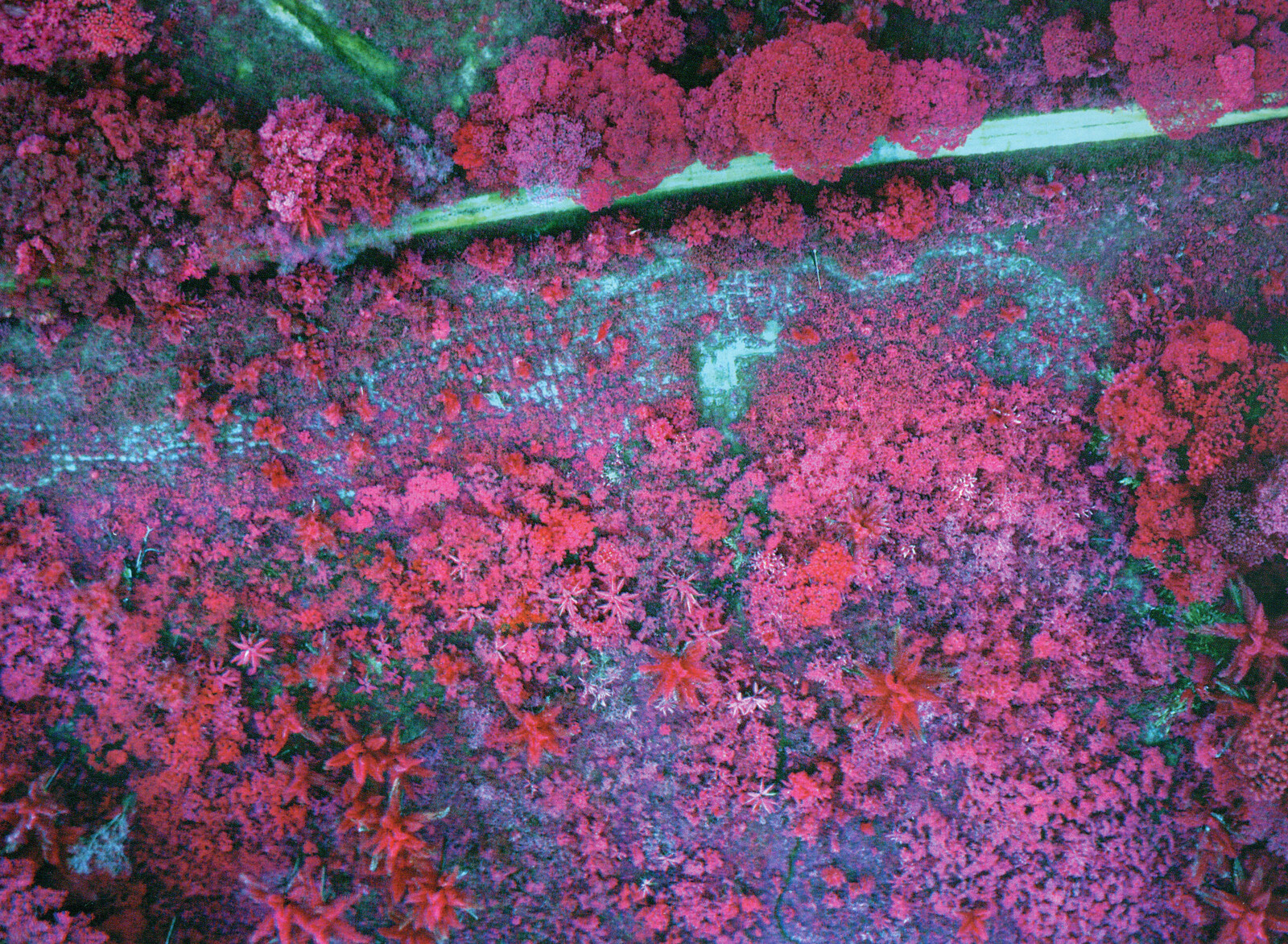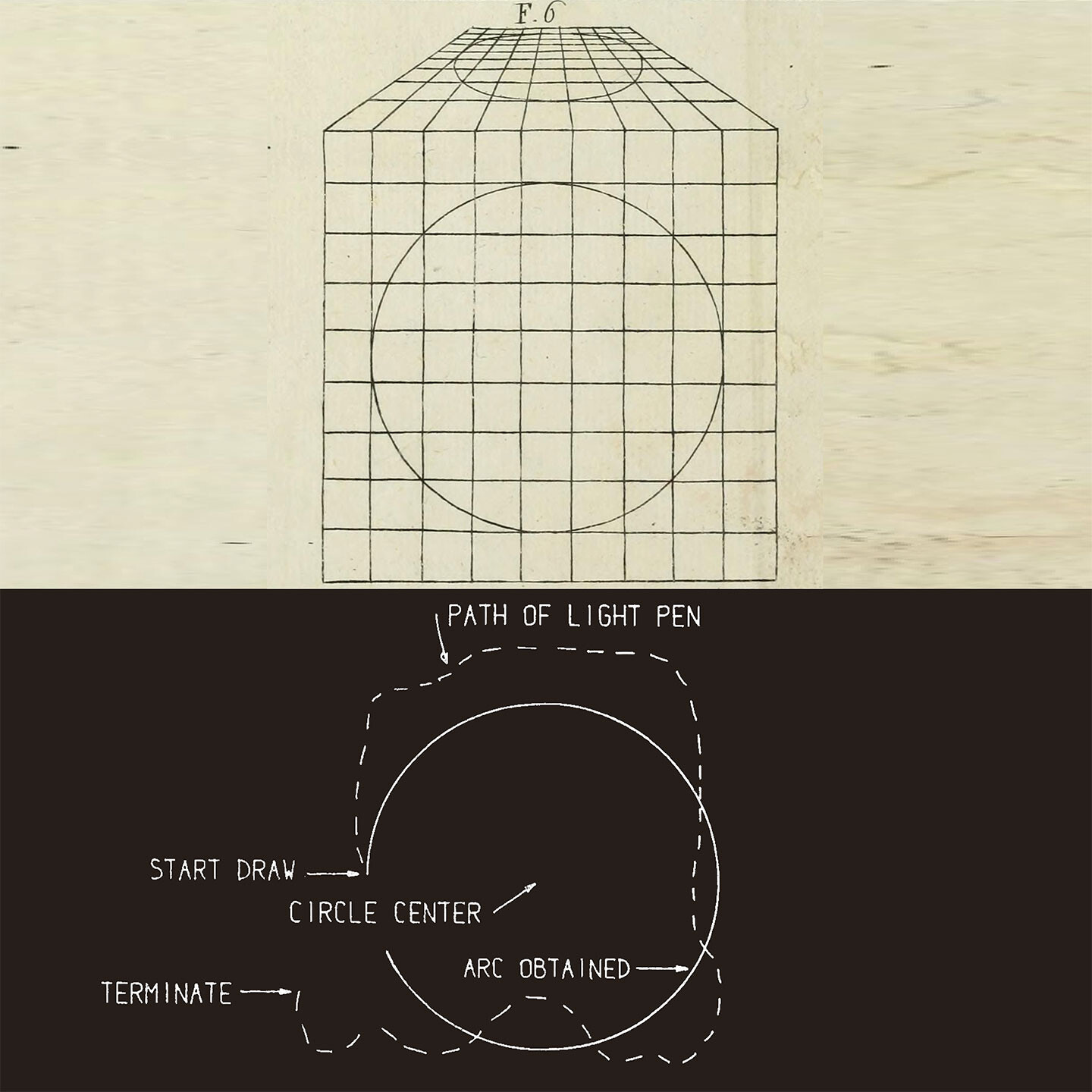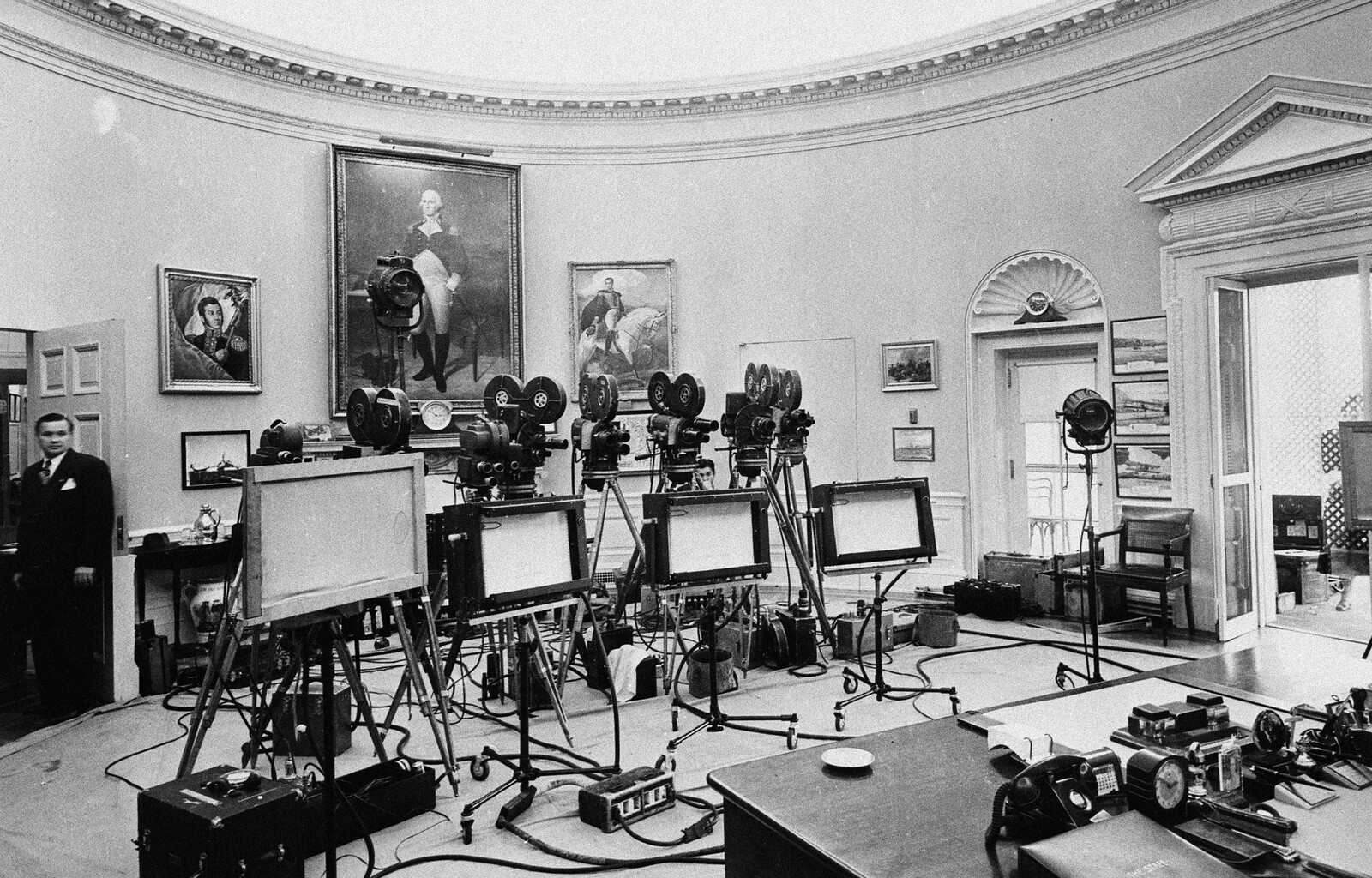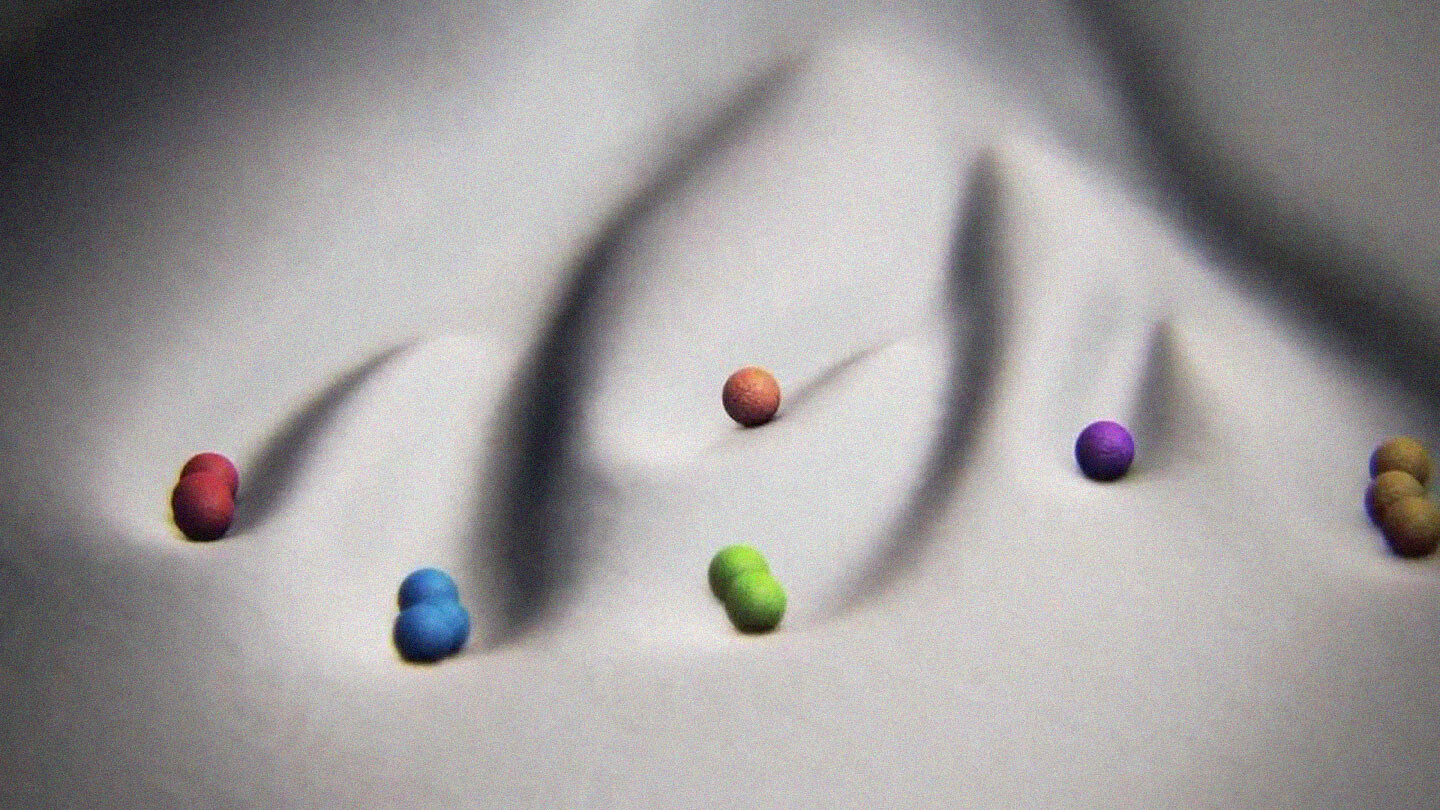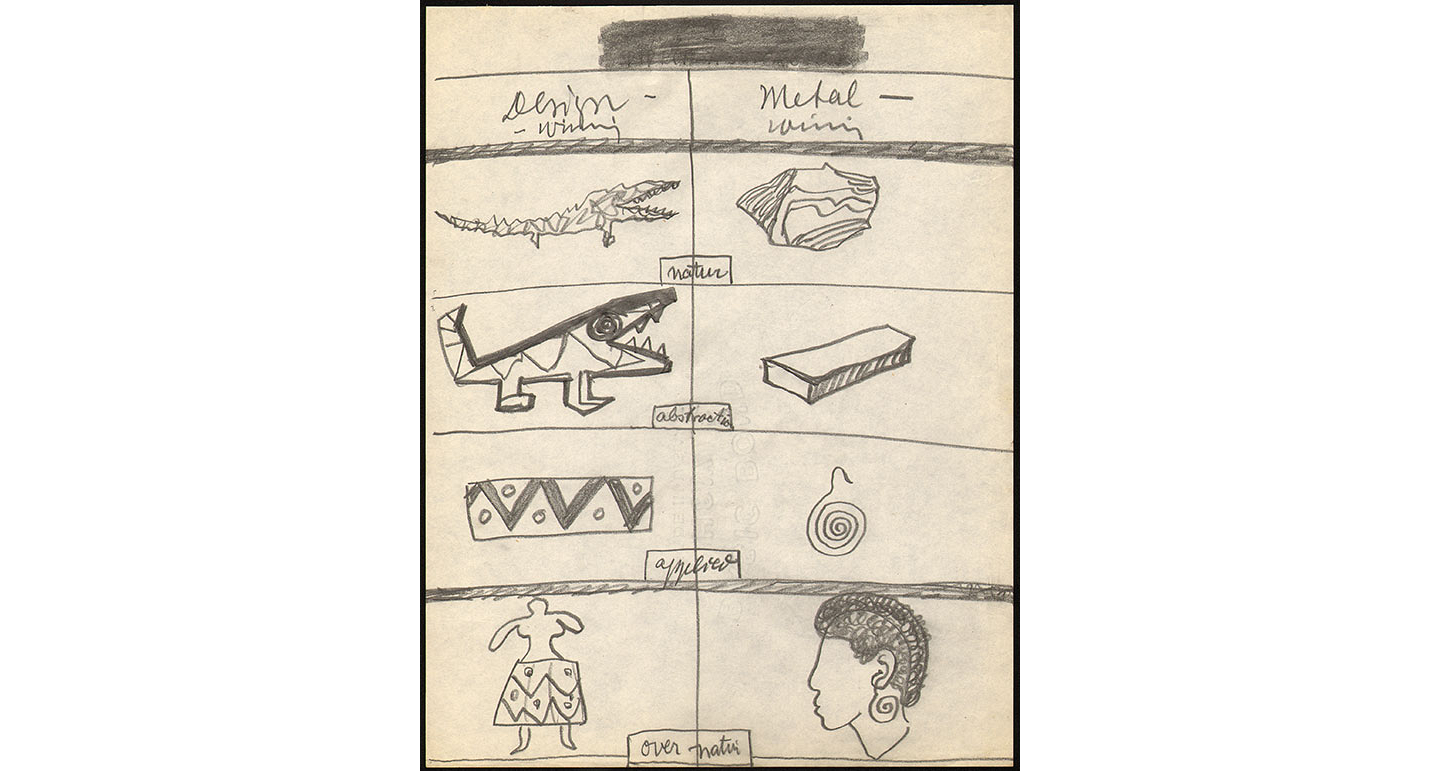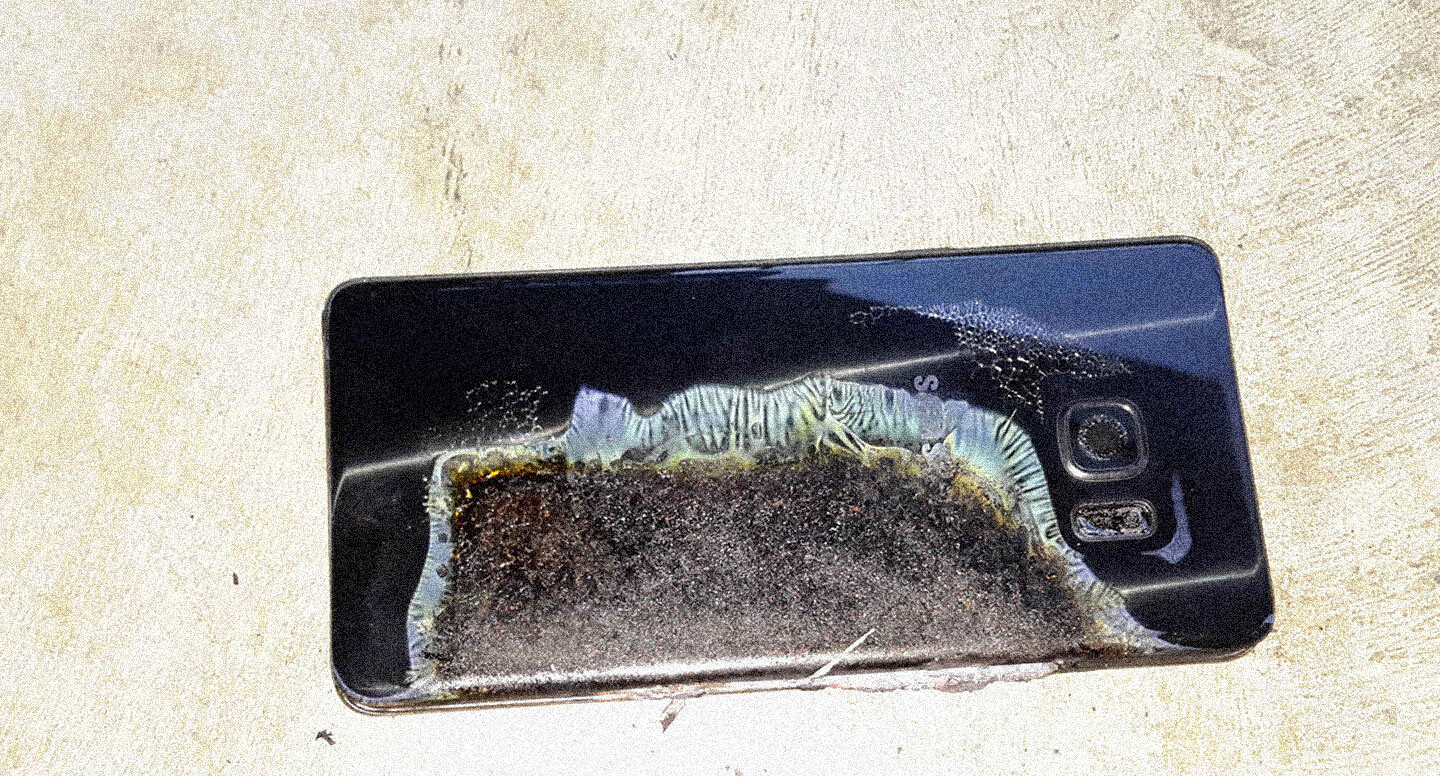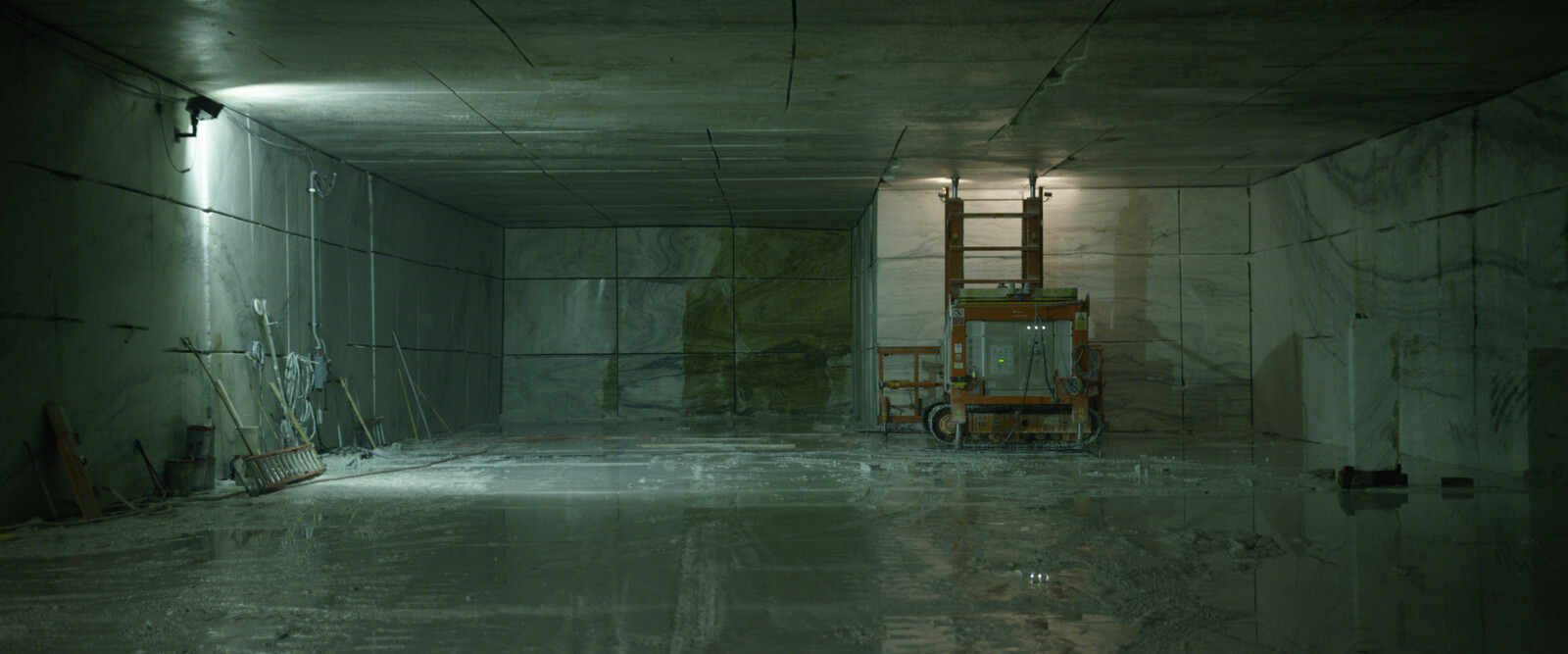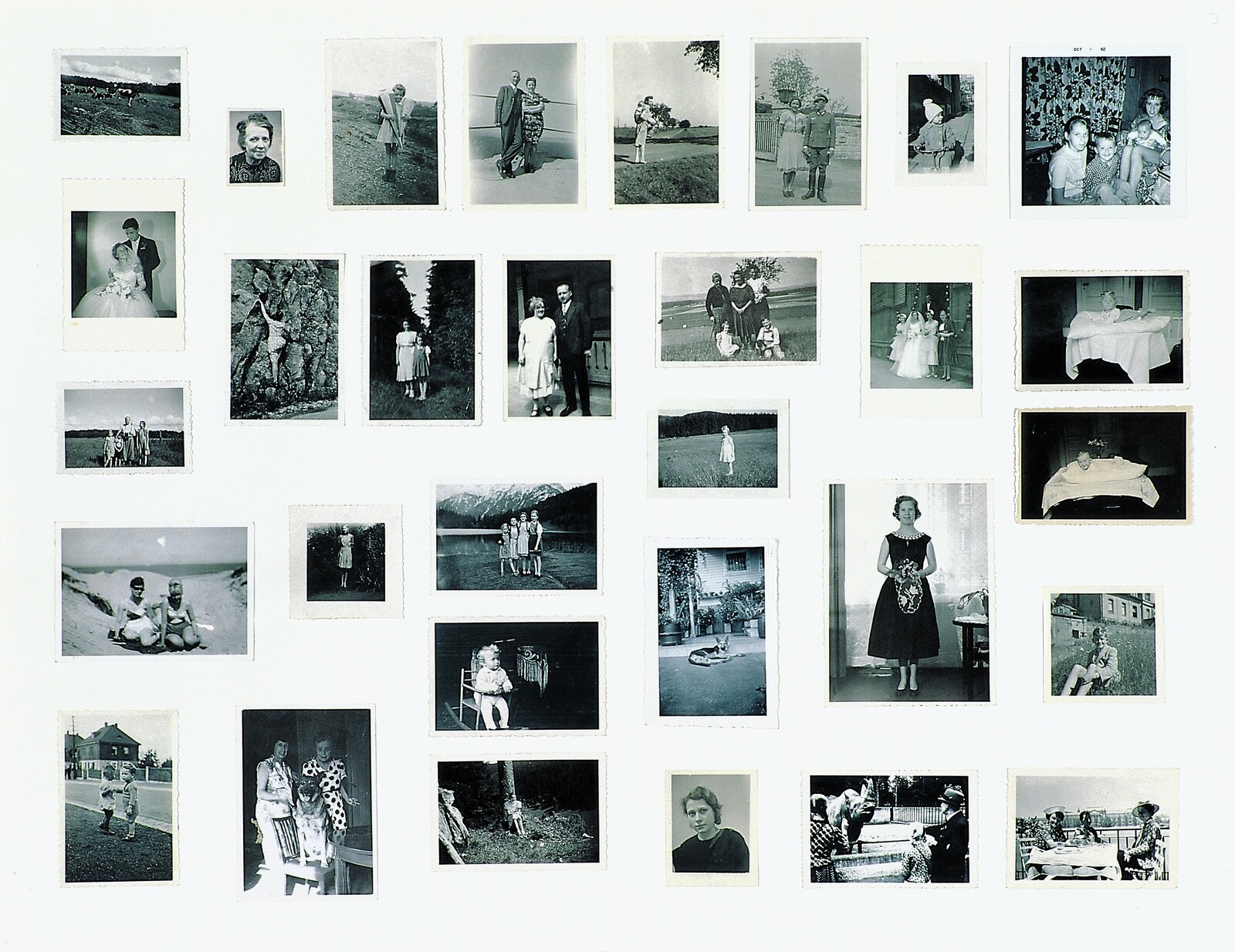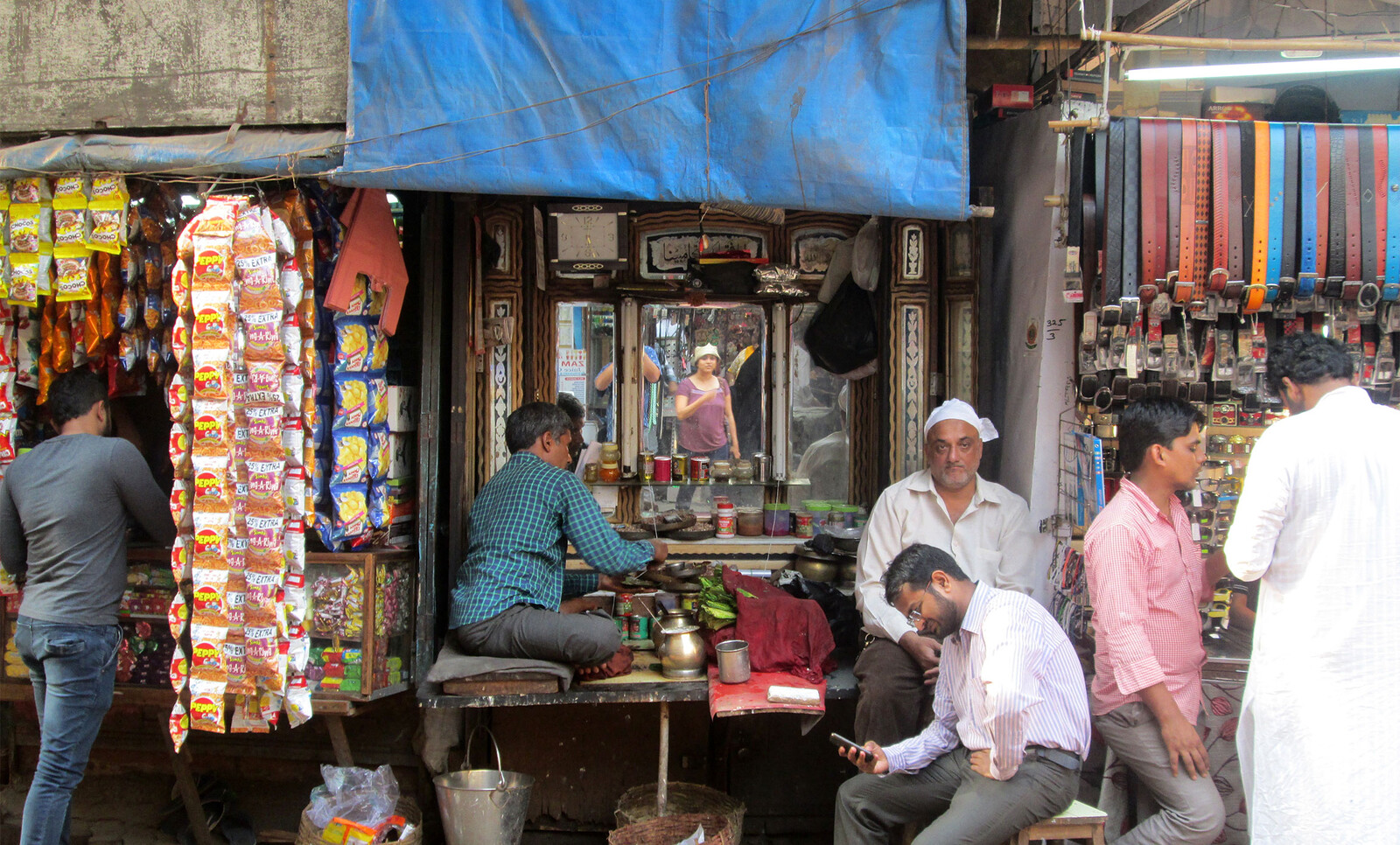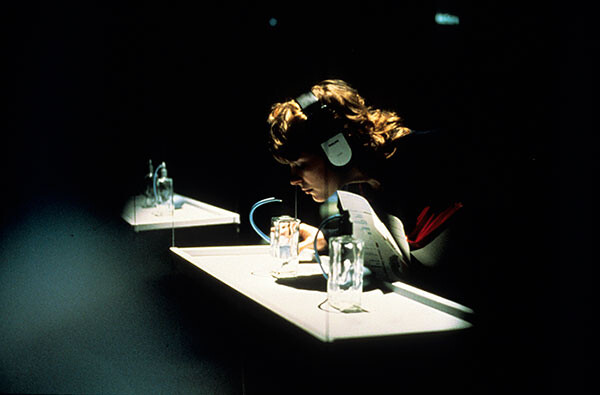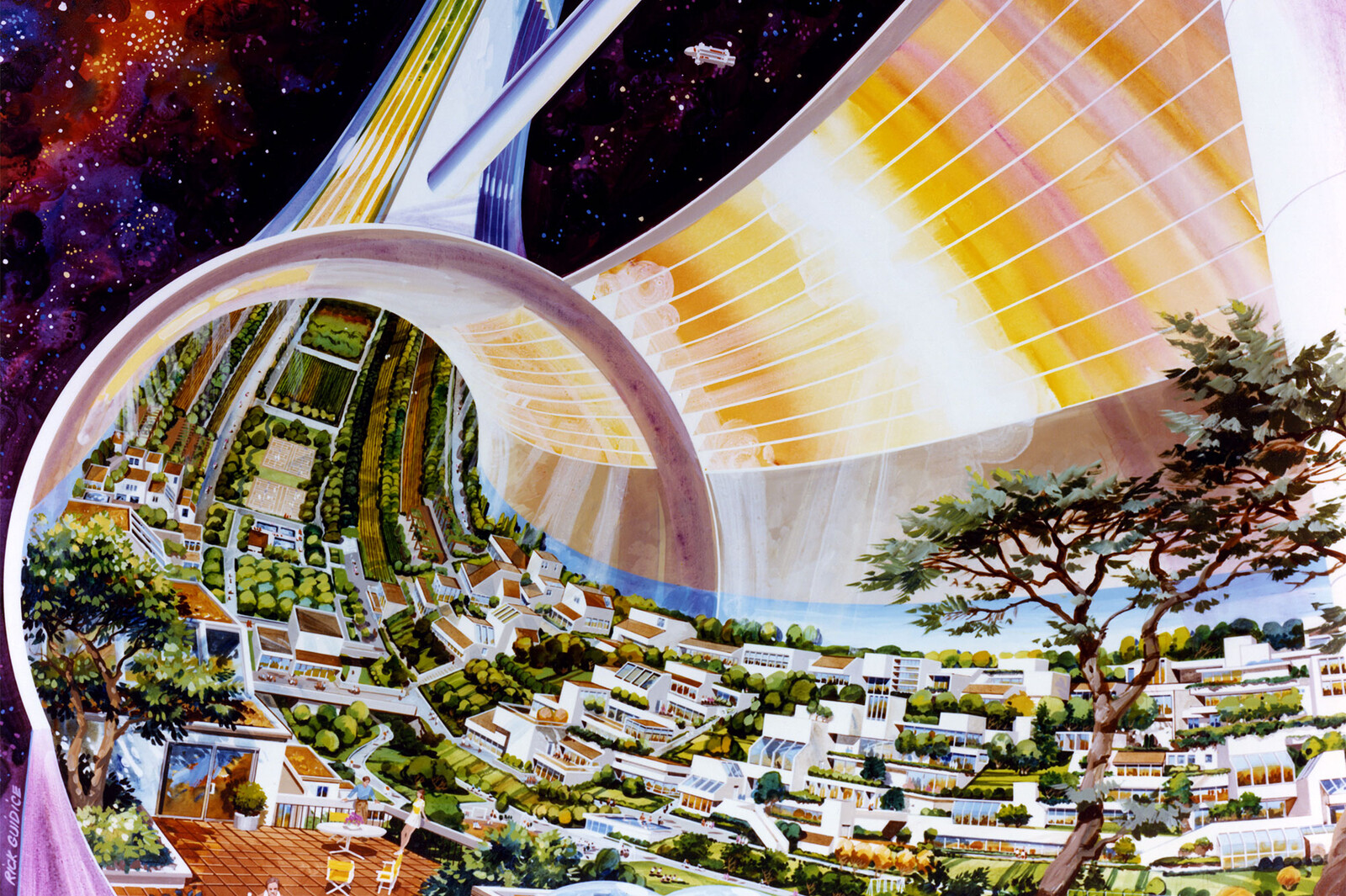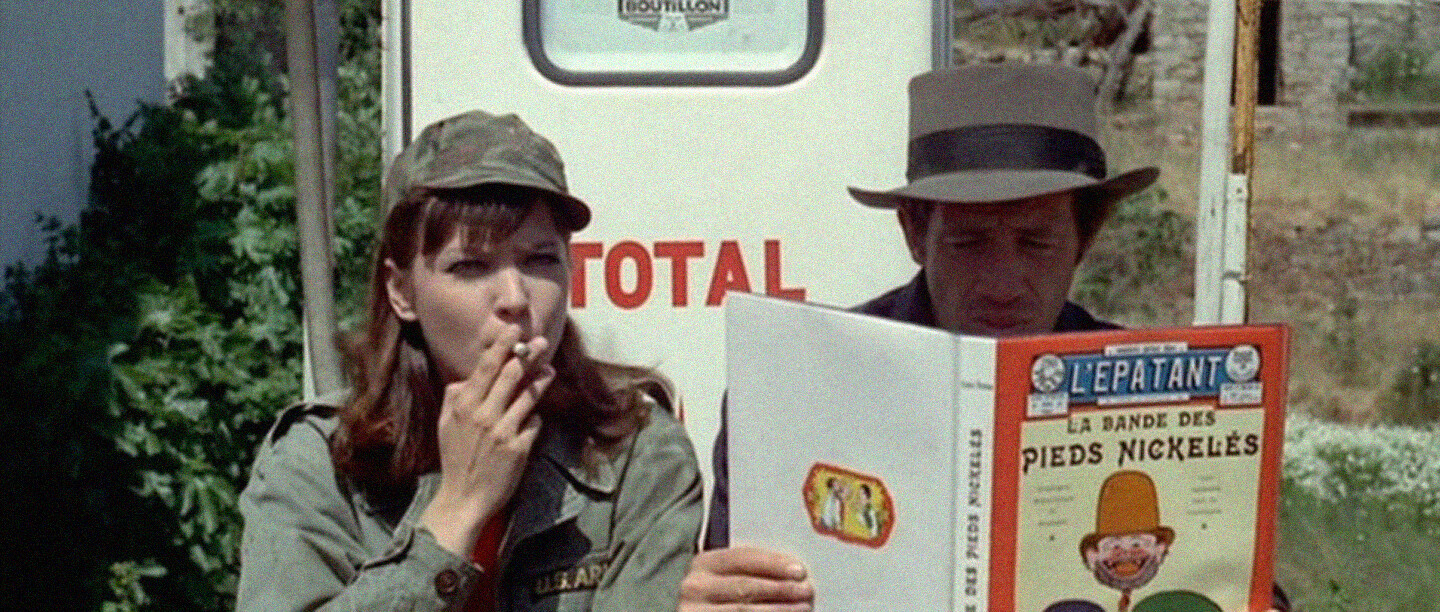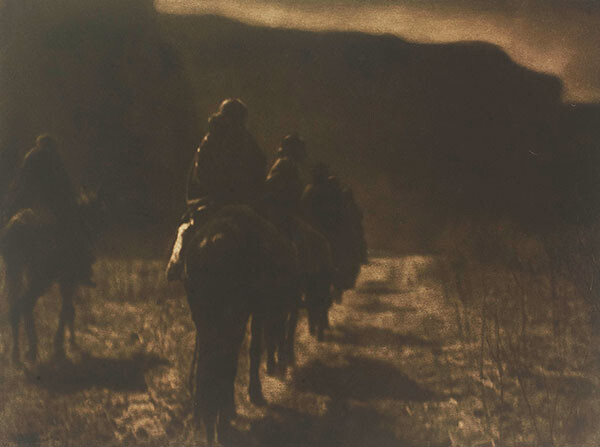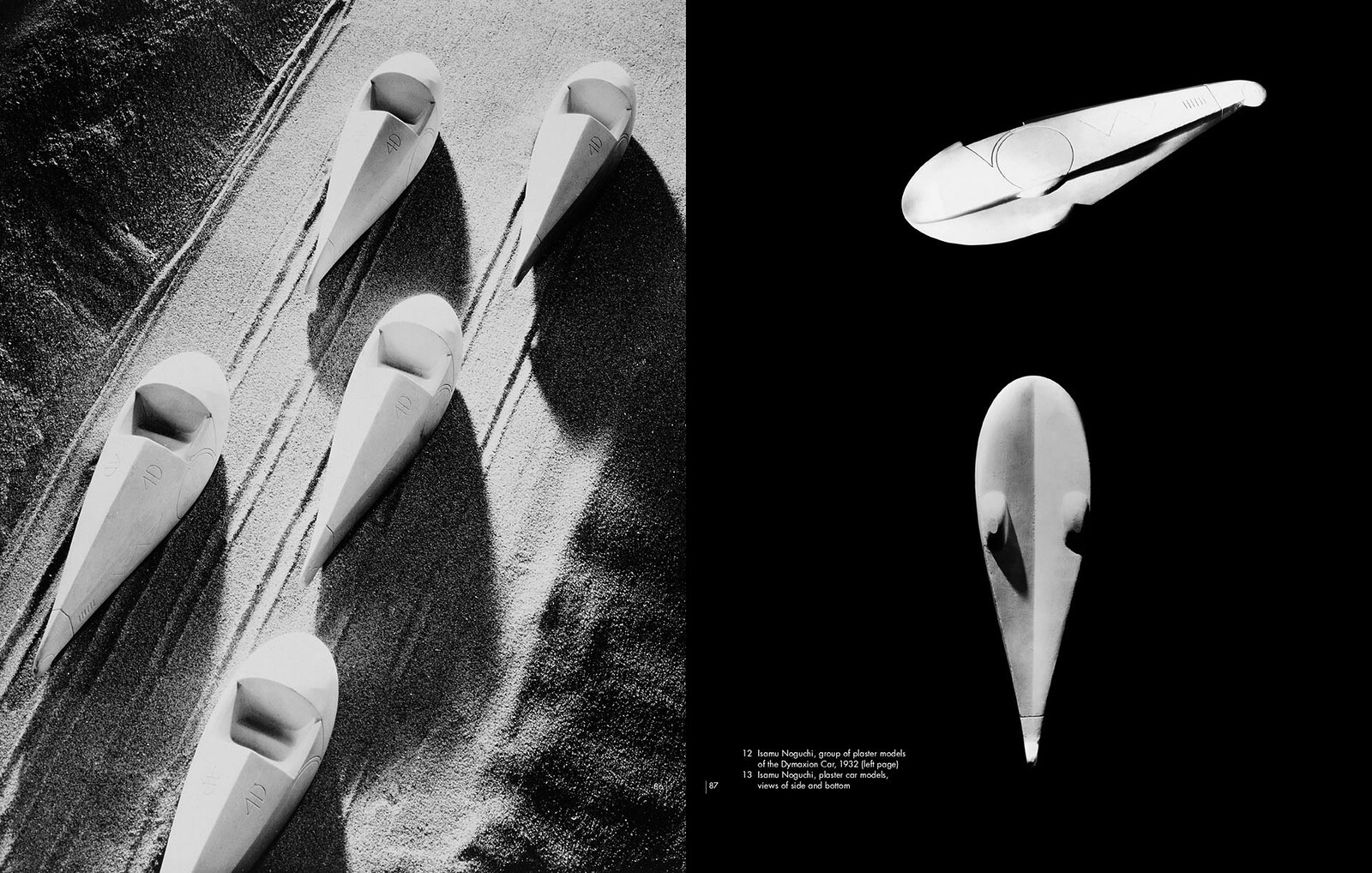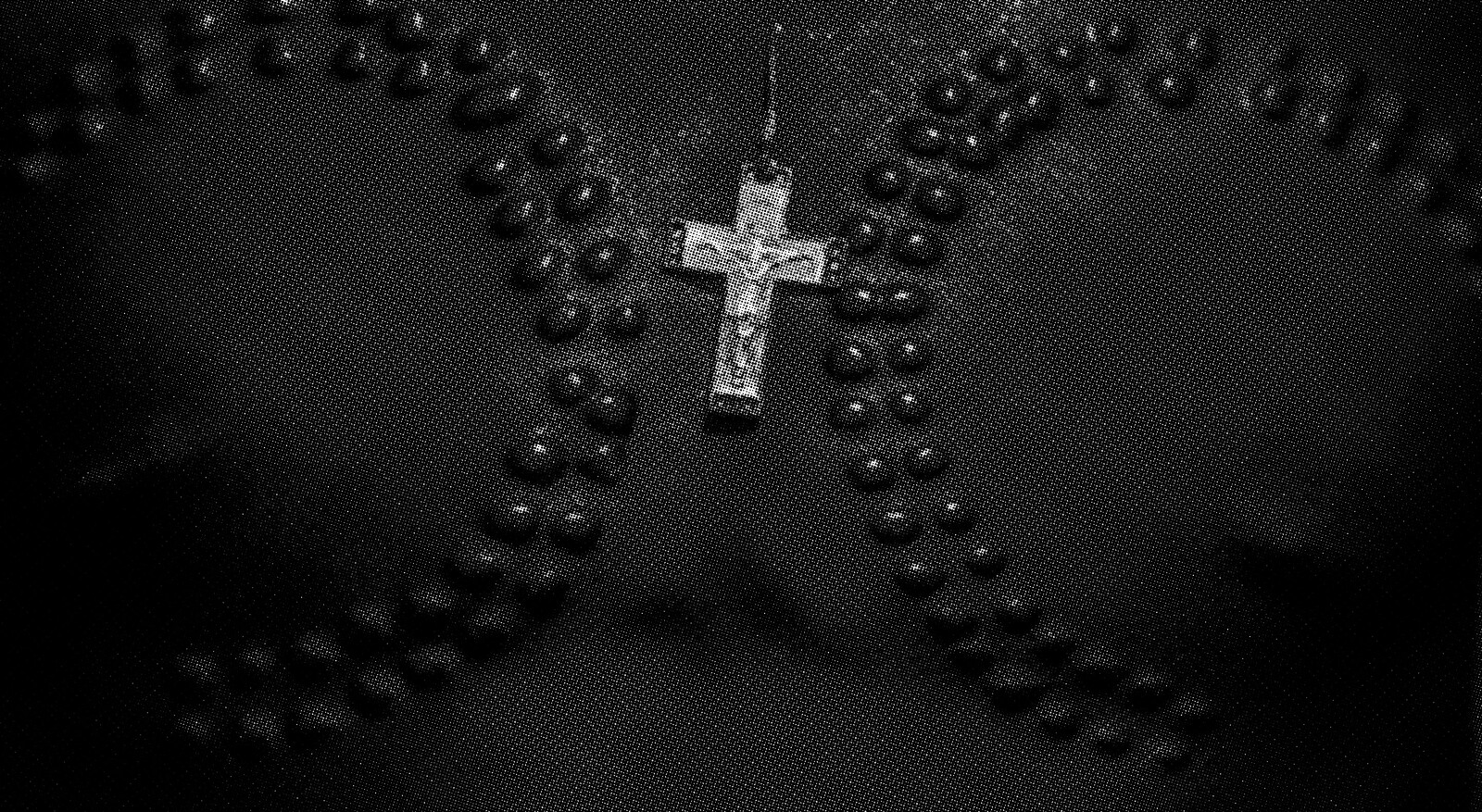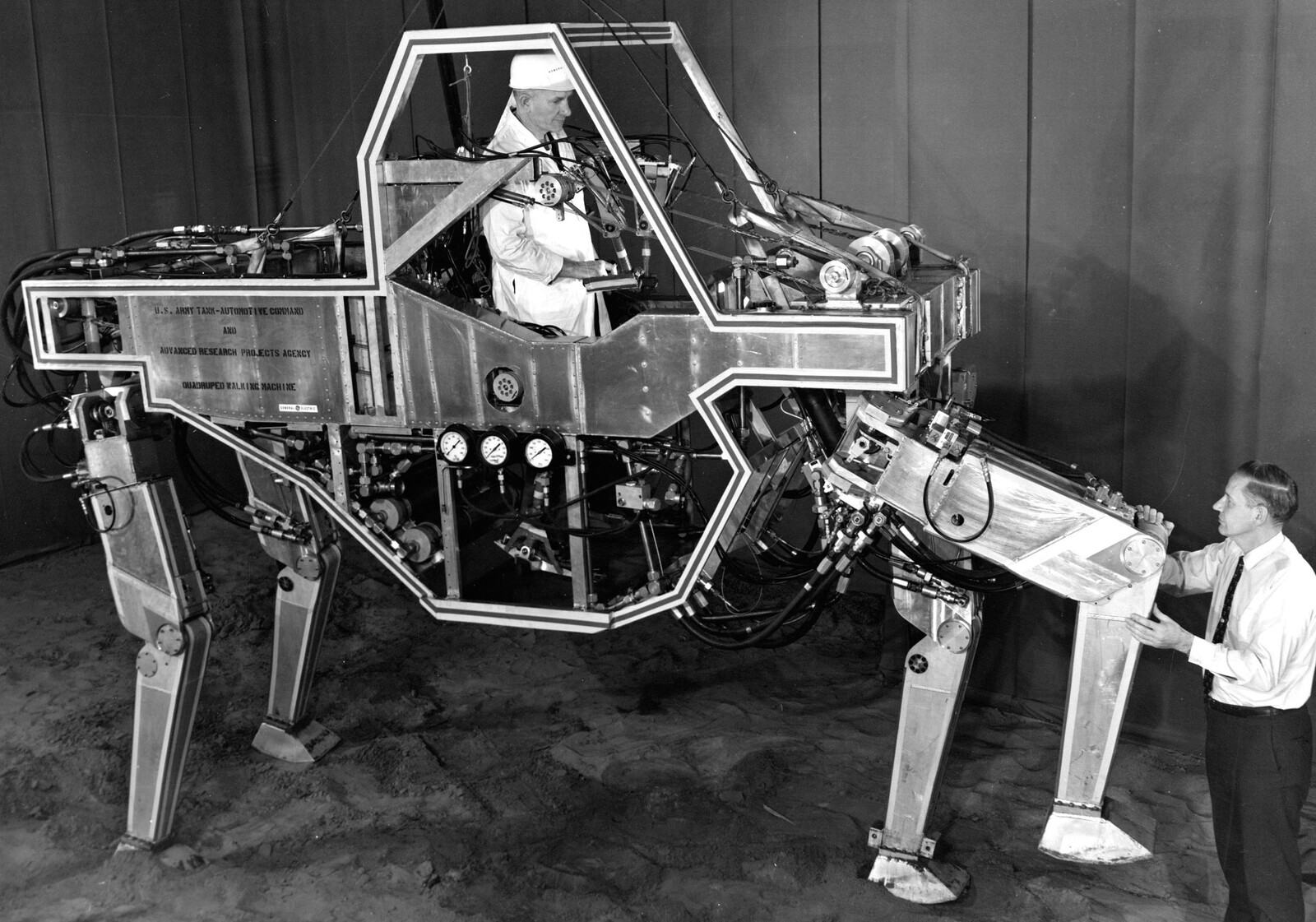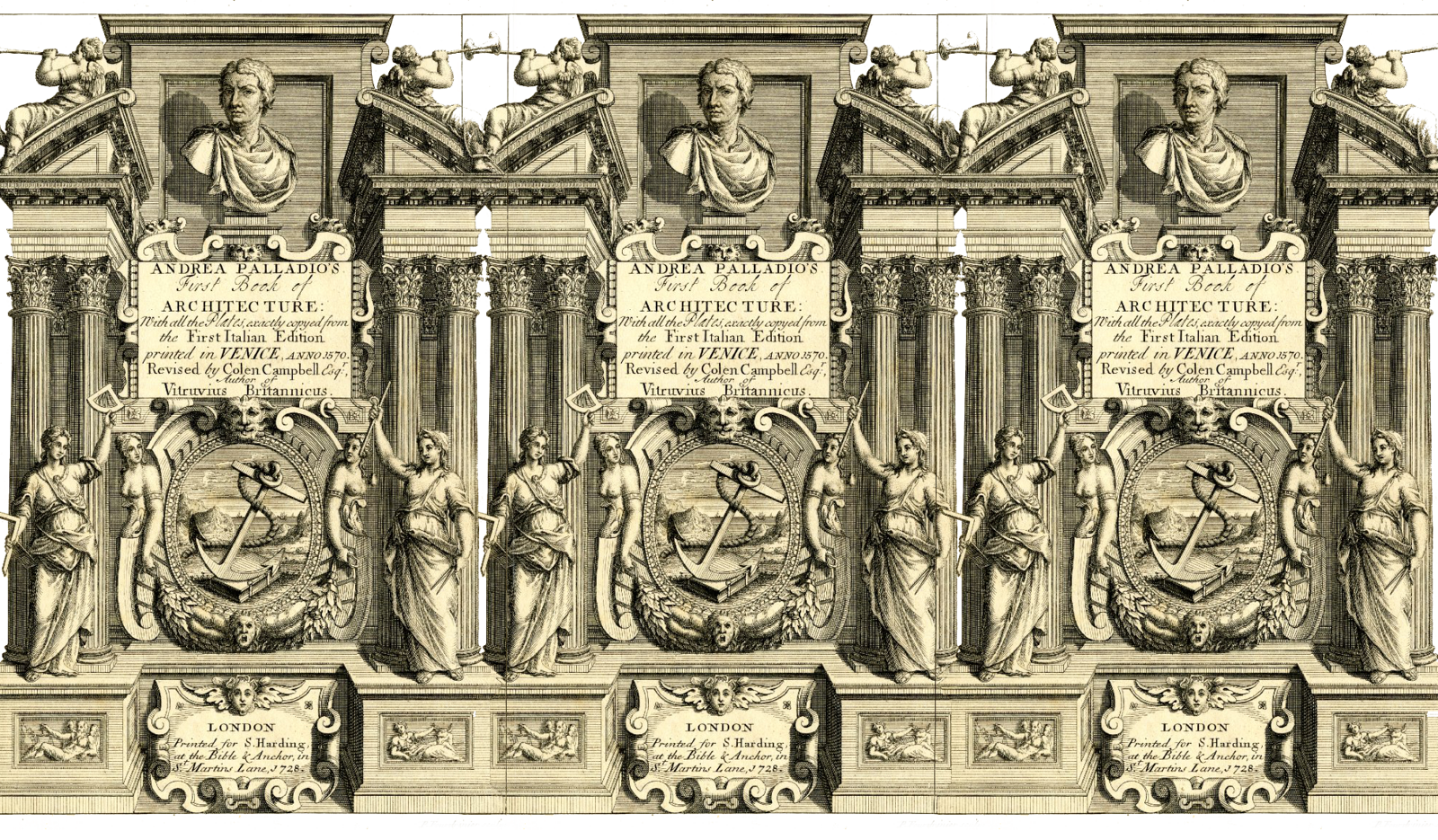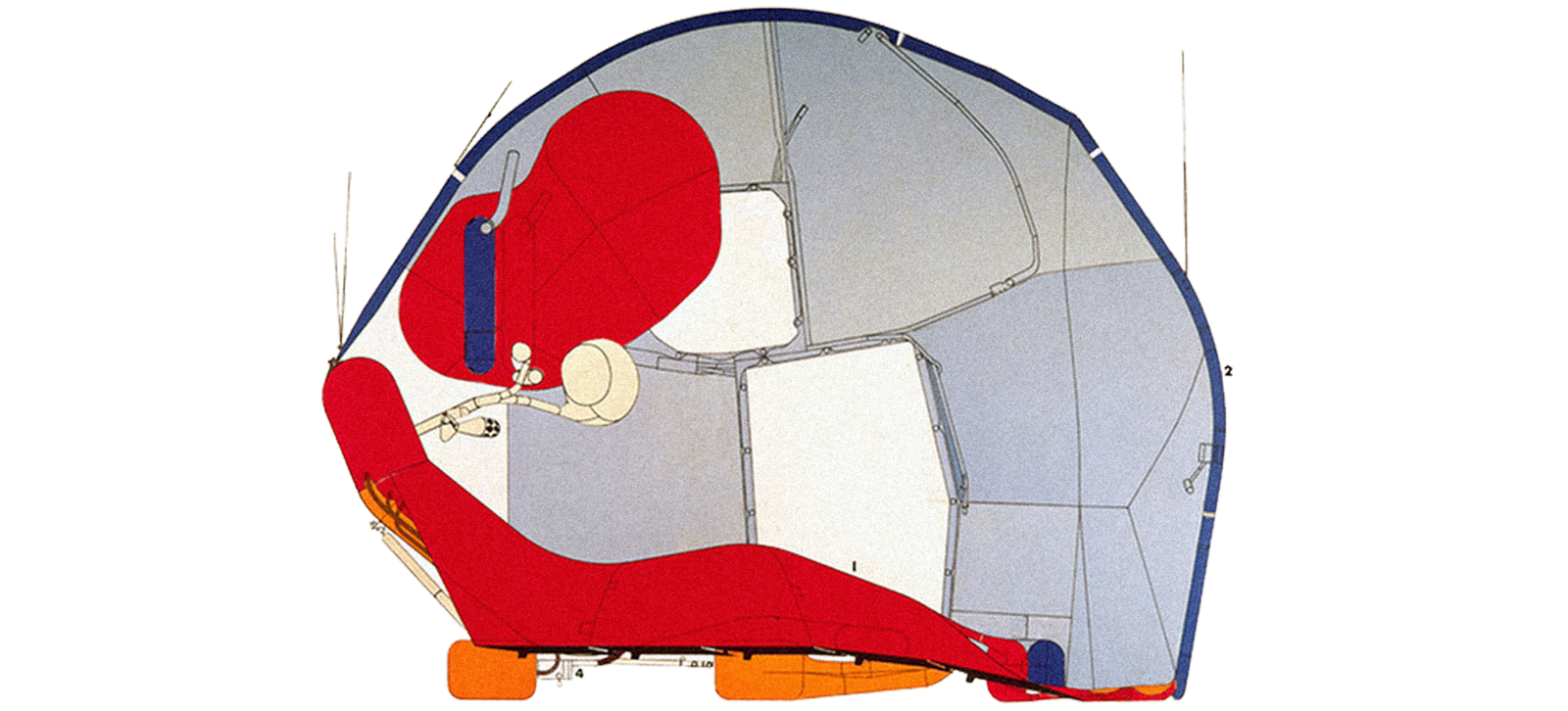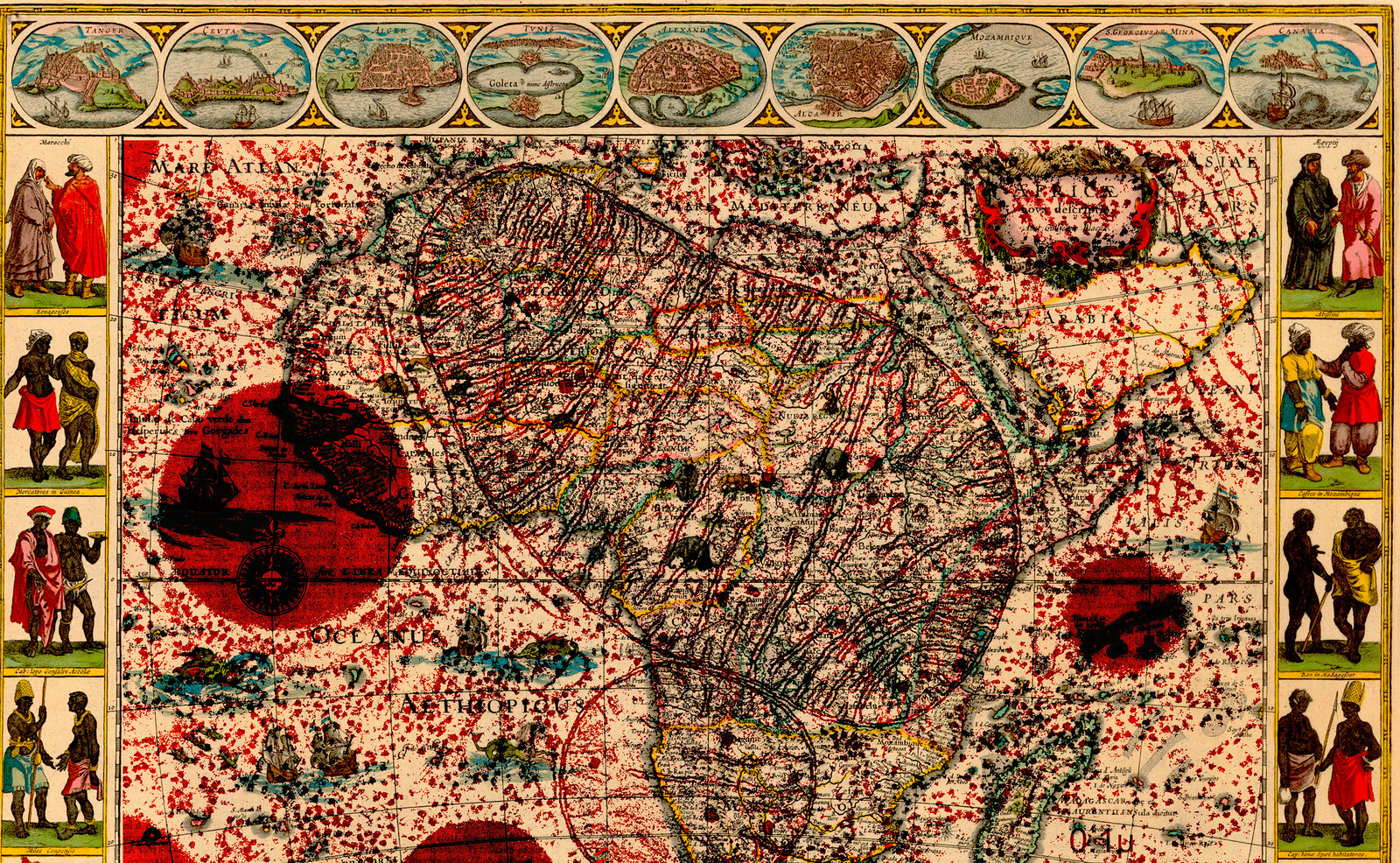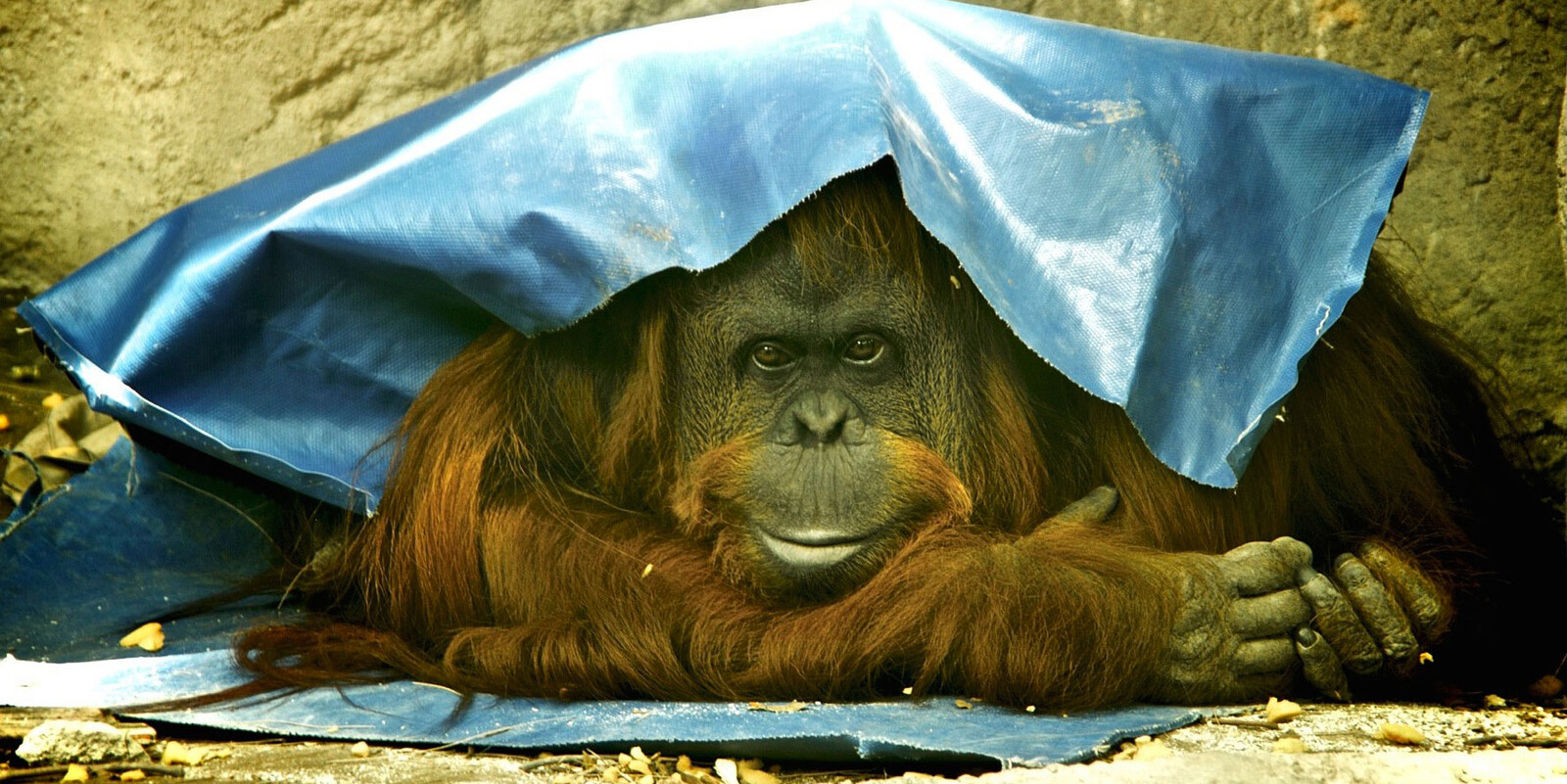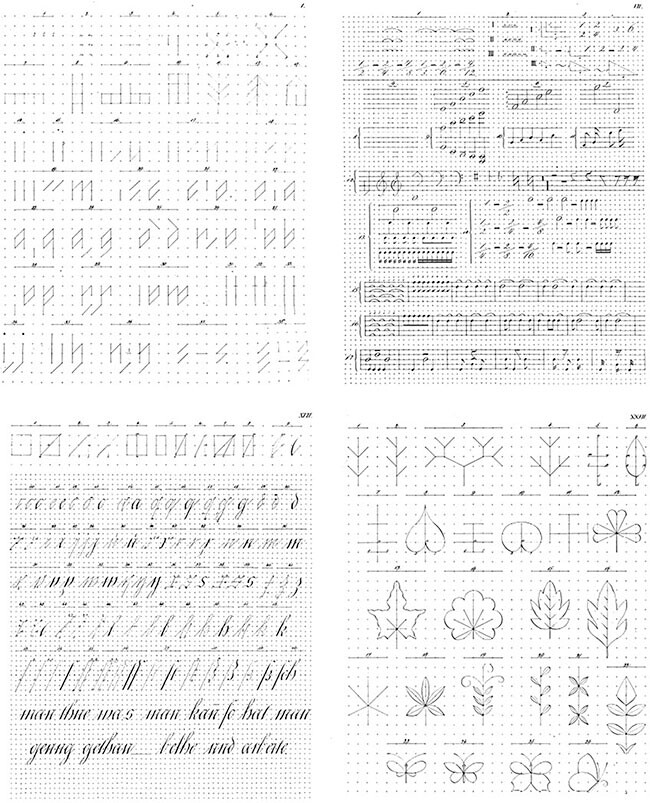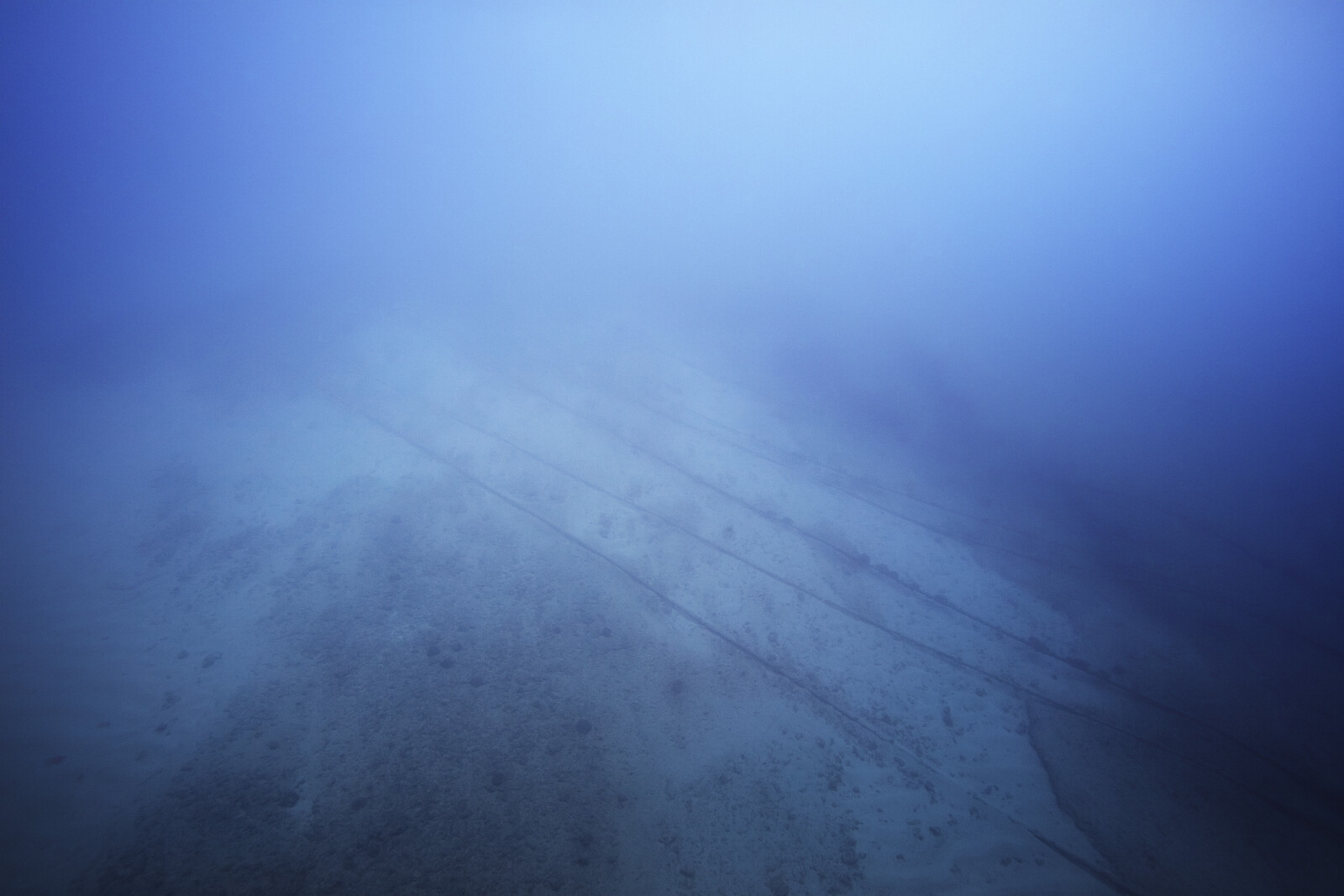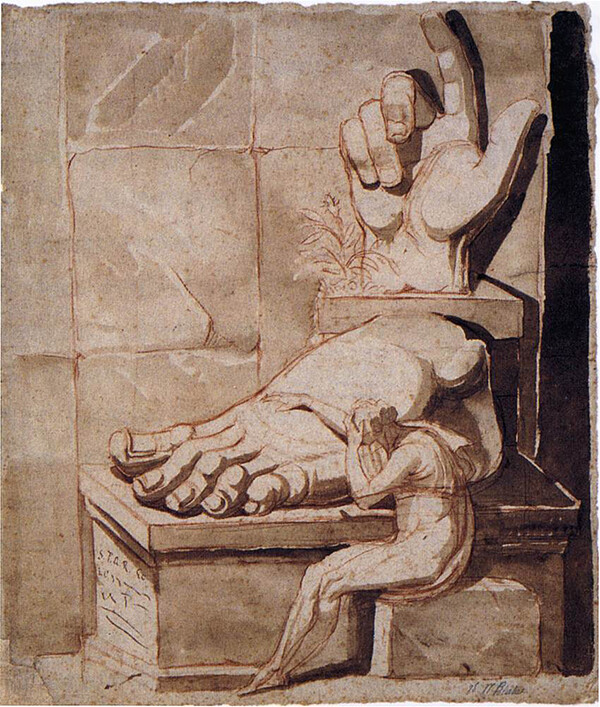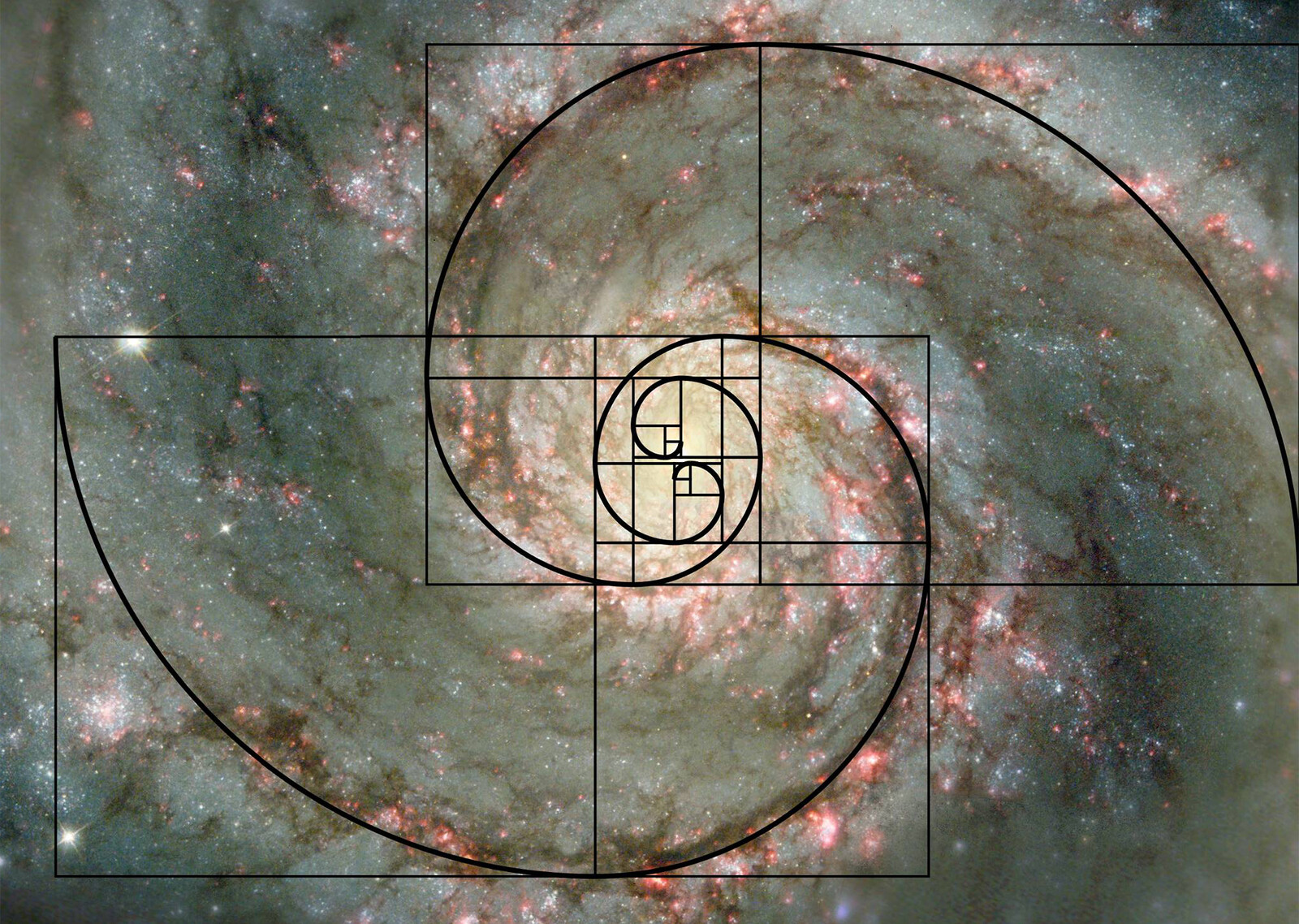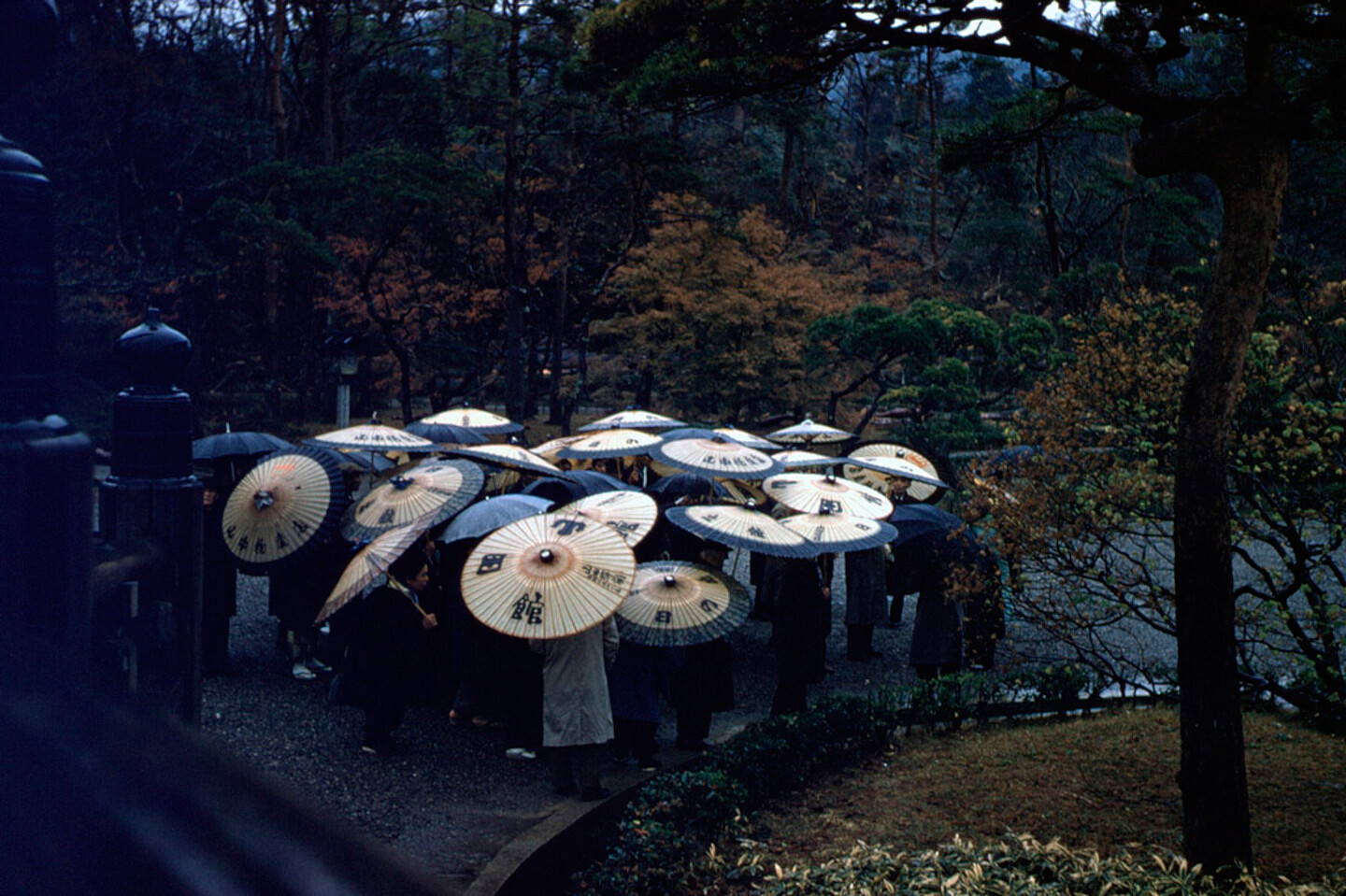Anton Vidokle: When Beatriz Colomina and Mark Wigley (the curators of the Istanbul Design Biennial) told me the subject of the show—the question “Are We Human?”—I immediately thought of the writings of Nikolai Fedorov and other Russian Bio-Cosmists, and their ideas about the unfinished state of human evolution.
Cosmism is a little known intellectual and artistic movement that arose in Russia towards the end of the nineteenth century. At its base is a philosophy of immortality and material resurrection of every person who ever lived through technological means. Starting with Nikolai Fedorov, Russian Cosmists—whose ranks included numerous philosophers, novelists, poets, avant-garde artists, scientists, medical doctors, activists, revolutionaries, and many others—believed that the evolutionary development of humanity is far from complete, and that our main task is to evolve further, using our faculty of reason so as to become immortal ourselves and also to return all of our dead ancestors to life. Since the capacity of Earth to support this enormous resurrected and immortal population will be insufficient, Cosmists advocated the development of space travel, colonization of other planets, and human expansion throughout the Universe.
Bio-Cosmists advocated a complete reconstruction of society and human relations, as well as a metabolic reconstruction of our biological body in such a way that it can regenerate limbs and organs, exist without oxygen, derive energy directly from the sun like plants do, and also become androgynous or transsexual in the sense that the need for distinct genders and sexual reproduction would end once immortality and the resurrection of all previous generations became possible.
If this question “Are We Human?” was posed to Fedorov or any other cosmist, they would probably say no, because we have not yet perfected our design and have not overcome death.
Arseny Zhilyaev: Asking this question today is similar to asking the question of whether we still live under capitalism, or rather under something more horrible. In both cases, if we speak in nineteenth century terms it is possible to say: “No, we are not human in Fedorov’s terms, and we don’t live under capitalism as it was described by Marx.” One popular argument is to define humans as inherently insane creatures who want to violently impose their identity and limitations onto the rest of universe, and thus claim it is better for us to find altogether non-human ways of thinking and operating. In other words, the argument insists that we try to avoid being human altogether. But in my mind, this is a really tricky claim, not to mention endeavor. There is an interesting case, again from the nineteenth century, involving Russian revolutionary activists from the People’s Will movement (Narodnaya Volya in Russian), the vast majority of whom came from affluent, aristocratic backgrounds and were extremely well educated, yet nevertheless wanted to act on behalf of peasants and workers. Leaders of the People’s Will advised their members “to go to the people” in order to promote revolutionary ideas of liberation, which meant to live and work as members of the ordinary, oppressed classes. Their attempts failed completely. Peasants didn’t trust them and ended up helping the police arrest them. It seems to me that when artists today try to give voice to oppressed plants or try to act as non-human agents, they are being as naïve as these activists of the nineteenth century.
I think that it is only within our nature as thinking animals, with all our limitations, that it is possible to reach what could be called “real will” and a universal voice. This doesn’t mean that we should preserve human superstition, but rather the opposite: we should consciously plan to overcome the natural, social, sexual, and other limitations of our species. Fedorov was one of the first thinkers to advocate for this. For me, the main question here is who will take responsibility for this transition, for this permanent overcoming? To state intelligence services and corporations, we humans probably look like houseplants in need of cultivation and regulation. Because of this reality, I’d like to go back to Fedorov and develop more personal, or more properly human ways of speaking about our transformations.
For me one of the most intriguing questions for the contemporary artist who works with Russian Cosmism, or one who has an interest in reaching a non-human condition in art, is: Do you personally want to be immortal? Because for me, as a conscious event, death is one of the most crucial points of humanity. Can you personally imagine your artistic life without death or aging at all?
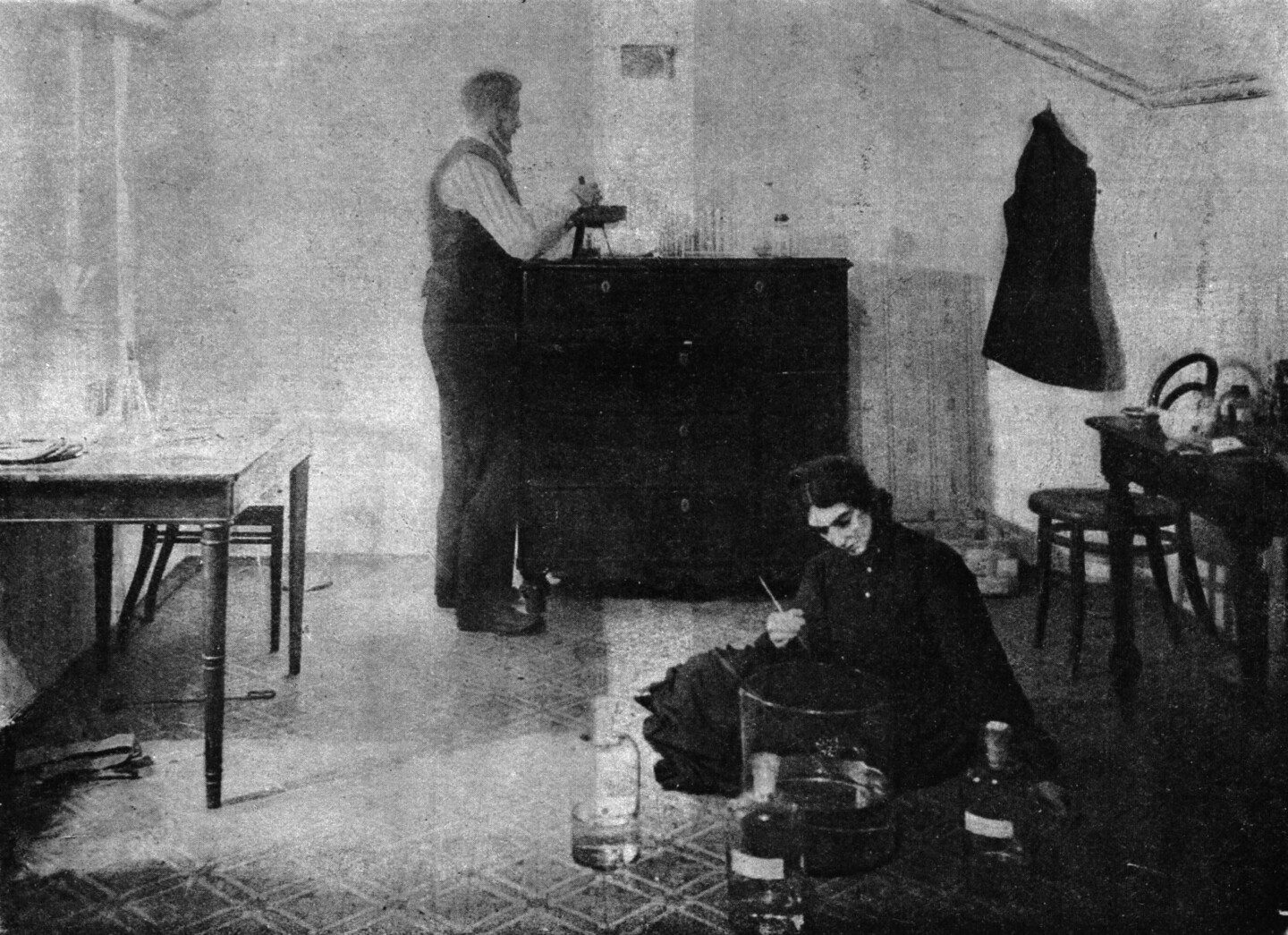

Anna Yakimova and Nikolai Kibalchich, members of the People’s Will movement (Narodnaya Volya), in a bomb-making workshop at the Leningrad Museum of the Revolution, Leningrad. Photograph originally published in Vera Leykina, “A New Exhibition at the Leningrad Museum of the Revolution,” Soviet Museum no. 6, (1931).
AV: I was recently watching a TV program in which a five-year-old Chinese girl was able to put animals to sleep merely by talking to them. All sorts of animals: a rabbit, a lizard, different types of birds, cats, dogs, and so forth. It was absolutely mesmerizing to watch. I’ve heard about similar abilities that some shamans are supposed to have, but I have never seen this before. Perhaps it was just a TV trick, but in any case talking to plants or even speaking on behalf of unhappy plants may not be as futile as it seems. At least plants and animals won’t report you to the police!
But to answer your question: I think everything depends on what we mean by artistic life, how we imagine it. On the one hand, an image of a zombified artist painting crapstractions for all of eternity is rather tedious. Fedorov, however, had a much more complex conception of art than simply the production of aesthetic or conceptual objects. The kind of eschatology, the horizon of life he outlines in his writings, seems to suggest that the ultimate work of art is to work towards the spiritualization of inanimate matter: a kind of a vast, animistic project of teaching the matter that makes up the universe to perceive, to feel, to think. Fedorov believed that the most unusual and significant quality of human beings is our capacity to feel, to understand, to think and to be conscious, and that this capacity has to be shared with all the matter that does not already possess it. I am not sure where this desire to animate the world comes from, but its not entirely unique to Fedorov. There is a kind of a shamanistic sensibility to the entire geographical region from Japan to Scandinavia, and Russia is very much a part of that tradition. So Fedorov, despite being a devout Orthodox Christian, felt it was our evolutionary responsibility to teach the cosmos reason, and that precisely this activity is the real work of art. How long would a work like that take? Probably an eternity… So from that perspective, immortality becomes a necessity and we should begin working on it immediately.
I was reading something recently about the fact that there is a lot less difference between organic and inorganic matter than we tend to presume. Ultimately all matter, living or inert, is subject to the same cycle of organization and decay, even if the speed at which these processes occur is vastly different. In this sense planets, stars, galaxies—and arguably the entire universe—are not so different than our bodies. So maybe it’s not impossible to somehow learn from the longevity of stone while teaching it our ability to be conscious, self-aware, and intelligent.
I guess this all may sound a bit new age, but we have to keep in mind that we are speaking of a very different sensibility, one that comes forward at the end of the Russian Empire, continues through the communist revolution and a number of wars, and actually results in a manned space flight and all that. So this is not like having a pet rock and hallucinating on peyote; it’s a kind of a materialist delirium that is both ultra-rational and totally fantastical.
AZ: I agree with you about the role of humans in the universe and that it shouldn’t be overvalued. In Russian Cosmism, and especially in the ideas of Konstantin Tsiolkovsky, there is a strong intuition of a radical materialistic unity of “thinking creatures” and matter itself. He wrote, for example, about an eternal liberation that starts at the moment of death, when the decomposition of our body releases atoms and molecules into the cosmos. He suggests that these liberated particles are overjoyed, ecstatic to be released, and that in this sense death is a joyous event. But at the same time, according to Tsiolkovsky, humans should ultimately be transformed into immaterial organisms capable of acting on a universal level. For me, the supreme position of our species is one of the problematic points in Fedorov’s thought. On the one hand you can feel the misery of human beings with all their limits: weakness, aggression, pretense, naivety, incommensurability with universal processes, really pathetic things that need to be overcome… And on the other hand, Fedorov emphasizes the resurrection of human beings in their extant material forms, with all their flaws, weaknesses and ailments, while of course considering the potential for further transformations.
I once discussed the ideas of Russian cosmism and resurrection with an artist friend, who was really resistant to them. “Why should I like the idea of resurrecting my father?” he asked. “There is nothing good in resurrection for all. Sometimes death is better than being alive.” Here is one more problem of Fedorov’s vision: Should we resurrect criminals like Hitler, or people who were simply tired of life and who may not want to return? And after all, how should old fashioned people feel after meeting people from a much more advanced species, with immaterial or transformed bodies? Will those older humans be able to find purpose in their new resurrected lives?
AV: This is a really interesting point. Clearly we can imagine many problems in mixing the older resurrected generations and their later, more evolved peers. How would a medieval butcher from Venice, for example, react to a future generation of human who may be more plantlike, genderless, self-feeding and so forth…? I think one solution to this problem could be exactly what you recently suggested in Moscow—that various planets could be set up like period rooms in museums; there could be a planet populated by generations of people from the twelfth century, another planet for people from the early capitalist period, a stone age planet, and so forth… A population management system where people’s sensibilities are not invaded by sensibilities incomprehensible to them. The whole thing could be managed by artificial intelligence and everyone would be happy. Or it could be a total nightmare… When you described this type of organization, my initial thought was that we actually may already be living in this system now, and that the Earth is just one big period room within a universe-scale museum.
AZ: Yes, it’s possible to imagine an artificial intelligence in charge of universal life development, but why would it need humans? Maybe it’s much more interested in revitalizing stars with black holes instead. I see one possible answer being an artistic or museological vision; to assemble people within their epochs in totalizing installations that can cover entire planets in outer space. But not everyone wants to be an object in a museum. Boris Groys speaks about Russian Cosmism as a curatorial project.1 If you can’t resurrect everyone at the same time, you will have to make choices, effectively forcing you to be a curator. I remember that once in discussion with you, Boris said that he is not against his own resurrection by future generations. But you have a more controversial relation to such a perspective, don’t you?
AV: Sometimes I also run into a certain degree of rejection or even hostility to the idea of immortality, particularly from younger people. A few years ago I organized a lengthy seminar around Fedorov’s Common Task with an international group of young artists in Beirut. In private, many of the participants told me that in fact, they found the idea of living forever abhorrent. It seems that for them immortality meant suffering without end or at best infinite boredom. I was really surprised by this reaction. It was something I did not expect because personally, I have always perceived the idea of immortality as something very positive and desirable. At first I thought that maybe this was simply an age thing: when you are young, unless you are very ill, injured, live in a violent situation or have lost someone you loved, death seems to be a rather abstract concept; you read about it and see images of it, but its something that seems to only happen to others. It seems that the body does not really feel its own mortality until entropy starts setting in. On the other hand, as Boris Groys has written elsewhere here, since we can detect radiation from the birth of the universe, from the Big Bang, it is possible that there are signals approaching us from its future end.2 In this sense, maybe our bodies can already faintly register the energy from the death of the sun four and a half billion years from now. In any case, the death drive is incredibly strong in our psyche.
But maybe the more interesting side of this is not biological or psychological, but a certain insufficiency of imagination (which is particularly important because we are talking about artists—apparently the most imaginative part of society). It seems to me that most of us tend to sublimate our current life conditions and all its problems, tragedies and inequities, and project this into future scenarios. You can see this in many popular futuristic books and films: they most often stay on the level of the technological imaginary, while projecting the problems of our current society into the future. So while it’s easy to imagine and represent life in a society without money and with intergalactic travel, the plot invariably defaults to essentialist conflicts of power, heroism, betrayal, revenge, or something along these lines. I wonder what it would take to imagine things being really different. I suspect that most likely it would register as some type of madness. Actually, for all Fedorov’s pragmatism and religious orthodoxy, I do sense a certain mad quality in his thinking.
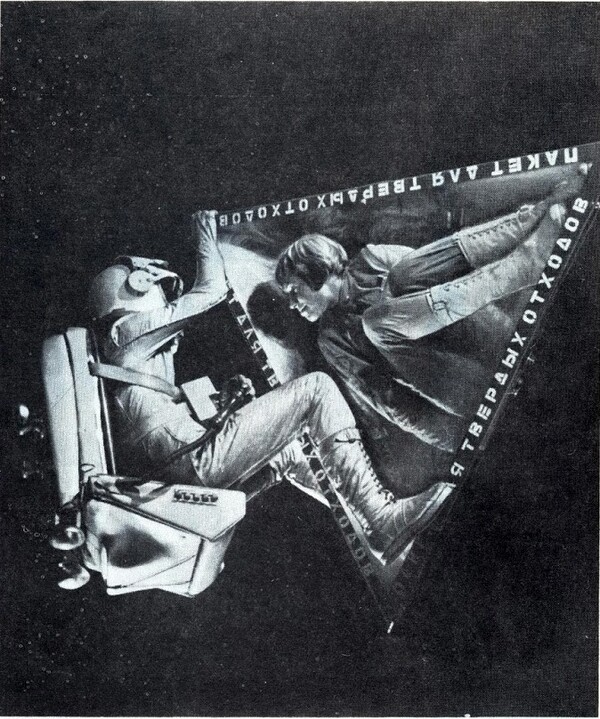

Film still from Richard Viktorov, Moscow-Cassiopea, 1974
AZ: I agree that we have a crucial point here for the interpretation of Fedorov’s legacy. And your story about students who don’t accept immortality makes me think about the general fear of socialism. The majority of people associate this term with the Soviet project, or real socialism, and then mainly with its unification of everyday life, narrow political spectrum, unattractive cultural production, etc., that started with Stalin in the 1930s. But according to Marx or even Lenin, socialism as a goal is associated with something else—with opportunities of unlimited plurality and playful creativity, wider than those offered by capitalism.3 Now consider Fedorov’s concept of immortality, his idea of the universal museum producing eternal life and resurrection for all as the last necessary step for establishing social justice. What do we have in the twenty-first century? We have intelligence services and corporations that collect personal data to make money and perpetuate injustices. For some reason it seems that people associate immortality with real socialism, and capitalism with bright life and possible death, whereas really it’s more the other way around.
Another important thinker who appeared in this context is Fedor Dostoyevsky, who was strongly influenced by Nikolai Fedorov, and even wrote one of his most famous novels, The Brothers Karamazov, in order to test the Fedorovian notion of that ancestors have an inherent value in a world without God. In this book Dostoyevsky tried to depict the same situation that was problematic for the artist friend I mentioned earlier: “Why should I like the idea of resurrecting my father if he was not a good person?” In the novel the son kills his father after a discussion with his rational, atheistic brother. The father was a very bad, controversial, even criminal person. Dostoyevsky does not just depict possible conclusions to resurrection, but also identifies an unconditional love for our creator that doesn’t require any metaphysical guarantee or obligation. So resurrection itself is not a solution for Dostoyevsky. If we take one step back, I think that it can be a very fruitful task for contemporary artists to test the possible consequences of real immortality and resurrection in the contemporary art scene. What scenario could that lead to? The first thing that comes to my mind is that we can imagine the final transformation of famous artists into brands, like in fashion when brand names live on after the death of their eponym. We have that exact situation in the film industry today too, where it is more economically risky to try something new than to continue on with the same title or series. The popularity of TV or movie serials is comparable with the popularity of the novel in the nineteenth century (and actually Dostoyevsky, like a typical novelist of that time, often wrote his masterpieces for money as newspaper or journal serials). On the one hand, it is easy to imagine how most popular twentieth-century artists from the Top 100 list, according to auction price indexes, would be very effective as franchises. On the other, a dead artist’s legacy is probably more profitable for a speculative market than the unstable, perpetually unfinished career of an immortal artist.
If we consider immortality and resurrection as additional pieces of a social order based on equality as Fedorov did, art and creativity will be transformed into the art of re-creation. Even the most radical Soviet Constructivists and Productivists thought that traditional artistic media would continue to exist in communist society, because traditional art is based on traumas and social contradictions (the inequality between rich and poor, gender, national identity, race, etc.), and that even after resolving all social contradictions, we would still have our bodies and their main properties, like sexual desire and death. In the case of the art of Russian Cosmism, we are almost beyond death and physical sexual desire. But then what would this society be? I guess its final goal would be to reconnect or redesign billions of independent pieces of previous lives into new constellations; a radical hybridity. This is a very Greenbergian notion: that the final goal of art is to give voice to yourself as a specific material or medium. When life is your artistic medium—from the Big Bang to immortality—there is enormous potential as an artist or curator. This would definitely raise new questions on old topics, like that of the spectator (how can we observe art pieces the size of the universe from within the same universe?) and institutional critique (how can we change the physical laws of artworks, determined as they are by the universe, themselves?) According to contemporary science, other universes, different from the one we inhabit, can exist. Our world that appeared with the Big Bang is only one possible constellation, and maybe we can access alternative ones via black holes. In the context of art, this gives enough distance to observe a universal art installation and to view it critically, while at the the same time opening space to reflect on the medium. In this respect, what do you think about contemporary artistic attempts to overcome physical or mental human limits? Do we need limits at all?
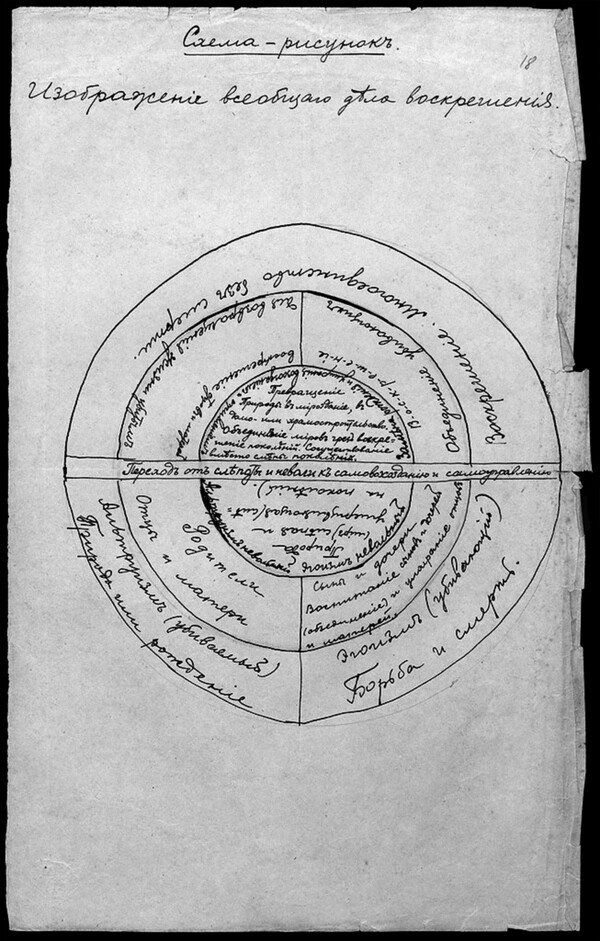

A diagram of Fedorov’s Common Task of resurrection, by Nikolai Peterson, circa late nineteenth–early twentieth century
AV: I think artists are already at least potentially immortal. Similar to kings who are said to have both a physical body that can age, get sick and die, and a political one that is indestructible and is immortal (The King is Dead, Long Live the King!), artists probably also inhabit two different bodies. In this sense one could say that Duchamp or Dostoyevsky are as alive now as they ever have been, because their living presence in society extends beyond the death of their physical bodies. So in this way artistic process is always an attempt to overcome physical, mental or temporal limits; an attempt that most of the time does not succeed, but always has a potential to overcome death.
This is not exactly the kind of immortality that Fedorov had in mind. But I think this potential for immortal life through art is precisely one of the reasons art is so central to his thinking and why he refers to art so much in his writings, more than any other philosopher I know. Almost everything we know about the past is given to us through preserved artifacts: works of literature, poems, sculptures, drawings and paintings, decorative objects, architectural remnants, and so on. Inevitably this is what forms the contents of most museums. Fedorov’s universal museum, where he thinks resurrection will take place, is simply a radicalized, expanded and more inclusive version of the museums we have now.
As you say, the closest thing we have to a universal museum—a museum that preserves everything—is the internet, which also doubles as an enormous data collector used for anything from commerce to government surveillance. From this perspective, immortality or resurrection made possible through a vast surveillance mechanism sounds sinister. But I also think oppressive structures, like intelligence and security agencies, often don’t really realize the long term ramifications of what they are doing. The CIA thought they were resisting the Soviet Union by funding religious schools in Afghanistan, but instead they helped to create militant Islamism that later turned around and attacked America. So the NSA may think that they are collecting data to fight terrorism or control a population, but at a later time it may turn out that they were actually building an elaborate museum archive that will be used to resurrect people.
The Mormon church also performs a vast information collection project. They have built a huge archive of personal records located deep inside a mountain in Utah with more than two billion names, birth dates, etc., because their religion suggest that they can baptize dead people and convert all who ever lived to Christianity for the return of Jesus. While I do not share their beliefs, it is kind of comforting that someone is gathering and preserving all this information. In this sense, it’s interesting that so many art institutions insist on listing dates of birth of artists next to their names. I always ask them to keep the birthday out, but there is usually a lot of pressure to include this information, which goes into all the printed matter and gets archived.
Recently I asked a friend who has done a lot of research on the history of exhibitions if he knew when the practice started, and as far as he could tell, it began with an important exhibition—the Sonderbund—of Modern Art in Cologne, Germany in 1912. In a way this makes sense, because generational acceleration in art is very much rooted in modernism, and at this stage every decade is expected to produce a new and different type of art. Of course this makes the duration of any one artistic project very short; it is difficult for me personally to imagine working on something for more than five or ten years at most. To some extent this must affect the degree of complexity of the projects people tend to undertake. I would be very curious to imagine what a work that requires several hundred years to make would be like, not merely in appearance but in conceptual scope. A historical precedent for something like this could be found in church architecture, which at a certain point required several generations to complete. Incidentally, church architecture is a model for a perfect, integrated artwork for Fedorov.
Arseny, if you had a few hundred years to dedicate to an art project, what would you do?
AZ: You know when you mentioned it, I felt like it is almost impossible for me to imagine such a long project as well. I consider my practice to focus on making experimental models that work to test possible political, aesthetic and historical scenarios by way of the viewer’s experience. Each new project has its own visual and conceptual language; they are completely different from one another. Of course retrospectively you can draw a logical line between them, but it needs a particular, deeper optic than the average spectator has. As far as I know, Anton, your projects can be interpreted in a similar way. They have a straight conceptual frame or corpus that fix the field of possible artistic interventions, for better or worse. Maybe it is too conservative, but I would say that artists only work on one single artwork throughout their entire life.
But then I think that time is just the effect of the specificity of our universal setting. There is a new theory proposed by Australian scientist Joan Vaccaro that speculates about the origin of time. And according to her research, “T violation, or a violation of time reversal (T) symmetry, is forcing the universe and us in it, into the future.”4 A universe without this violation should be symmetrical in space and time, which means absent of temporal flow, of coherence. In such a world, time can be used in the same manner as space; each thing can only be in one place and one time. If you impose this model on art history, you would achieve the historical avant-garde’s demand for the radical independence of artwork from previous forms or even art history itself, a demand that consciously or unconsciously limits the production of even the most radical anti-narrative experiments. If scientists can make such models, why do we as artists limit our imagination to the historically known world of art?
Another answer to the same problem is the exact opposite of this: the decision to preserve all possible directions of time and its potential transformation of matter; all possible scenarios that our life and our world can have. This is what we have in case of Fedorov’s project of total preservation, or with regards to time as an important part of the artistic project, Roman Opałka’s conceptual paintings, in which one gets the sense of a sublime feeling of monumentality in time, similar to that in space.
But I feel that there is a serious tension between existing in both a space and time that forces humanity to go onwards in its development, and the possibility that we could just get tired and give up. In this case even the short life of contemporary art projects can be too long. What do you prefer Anton: to have all the time in the universe to do everything, or to have a limited time to do nothing?
AV: I prefer art without death…
Boris Groys, “Cosmic Anxiety: The Russian Case,” e-flux Journal (9 May, 2015). See →.
Boris Groys, “Self-Design, or Productive Narcissism,” e-flux Architecture (22 September, 2016). See →.
Karl Marx, The German Ideology (1845) (Amherst, NY: Prometheus Books, 1998), 53.
Joan A. Vaccaro, “Quantum asymmetry between time and space,” Proceedings of the Royal Society A, Vol. 472, Issue 2185 (January 2016). See →.
Superhumanity is a project by e-flux Architecture at the 3rd Istanbul Design Biennial, produced in cooperation with the Istanbul Design Biennial, the National Museum of Modern and Contemporary Art, Korea, the Govett-Brewster Art Gallery, New Zealand, and the Ernst Schering Foundation.
Category
Subject
Superhumanity, a project by e-flux Architecture at the 3rd Istanbul Design Biennial, is produced in cooperation with the Istanbul Design Biennial, the National Museum of Modern and Contemporary Art, Korea, the Govett-Brewster Art Gallery, New Zealand, and the Ernst Schering Foundation.

